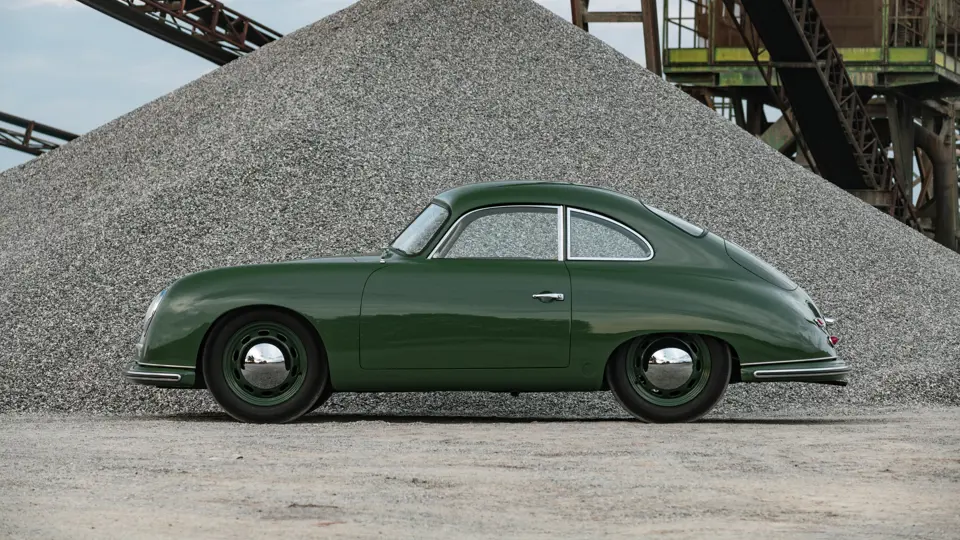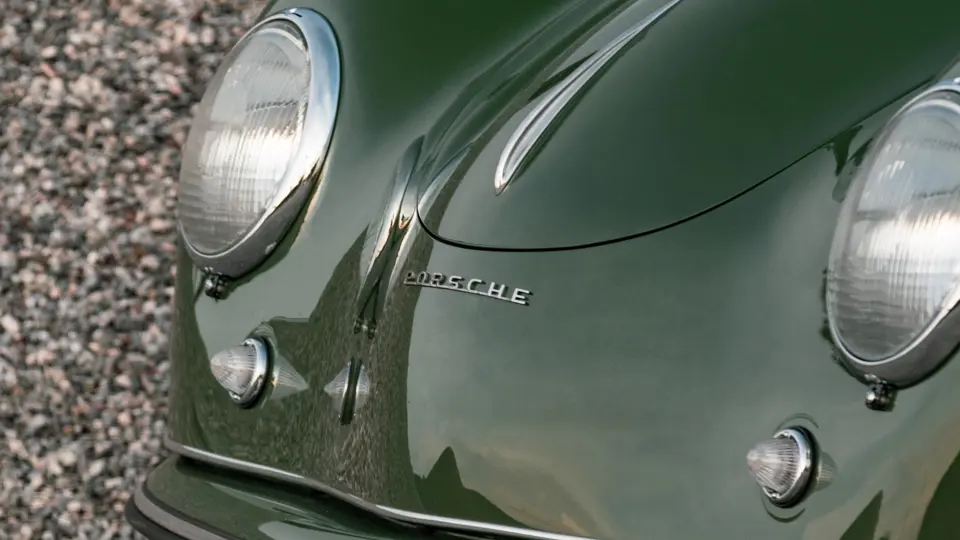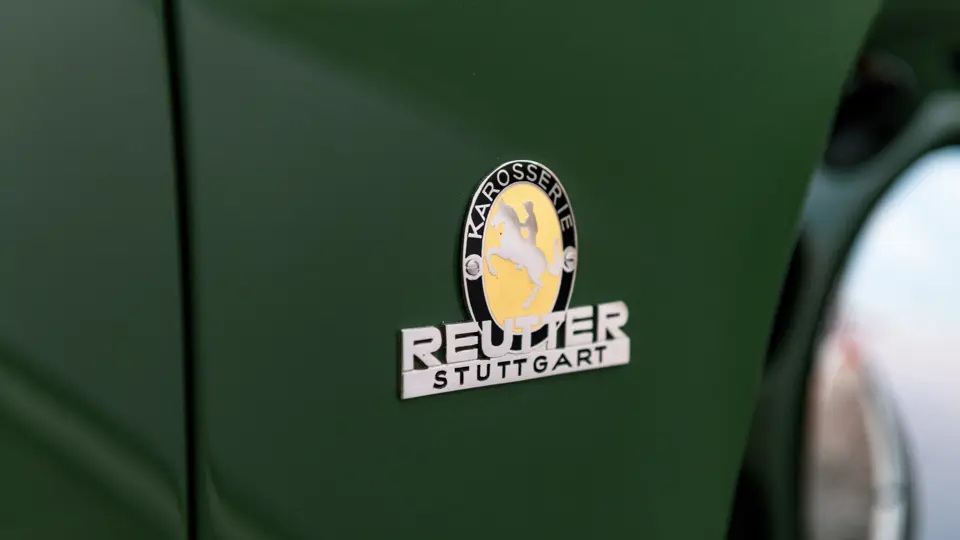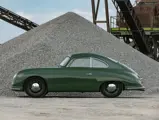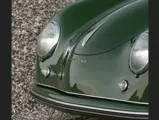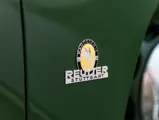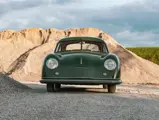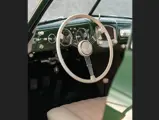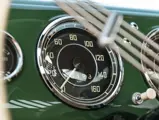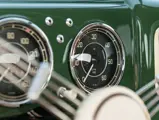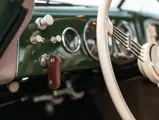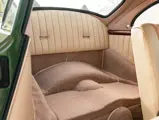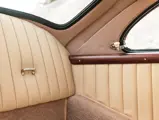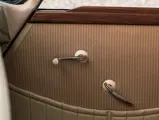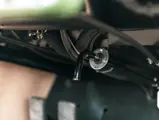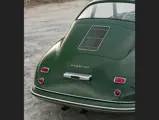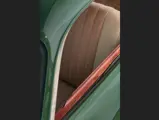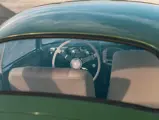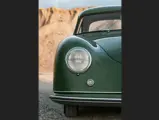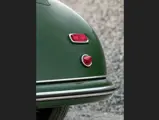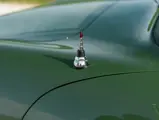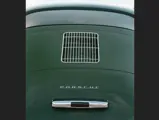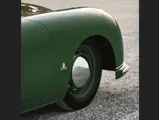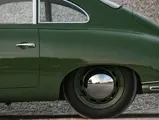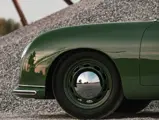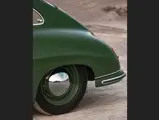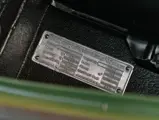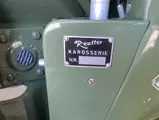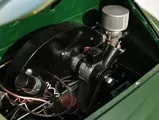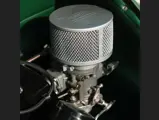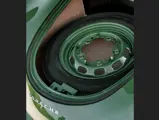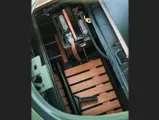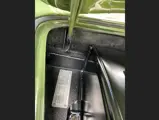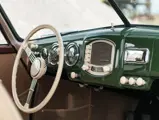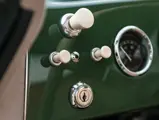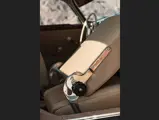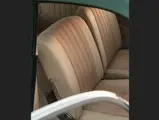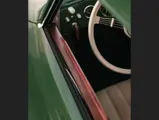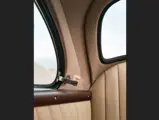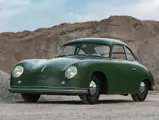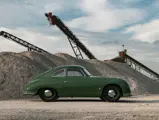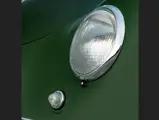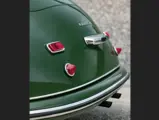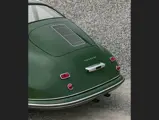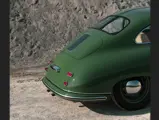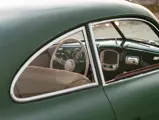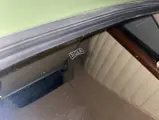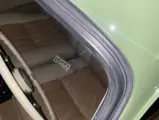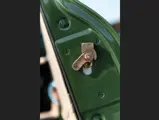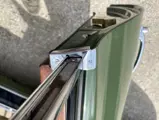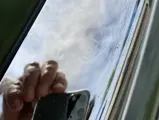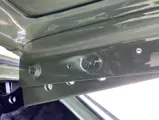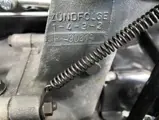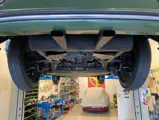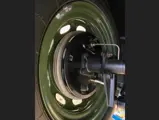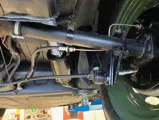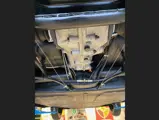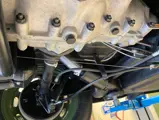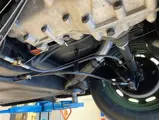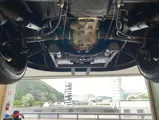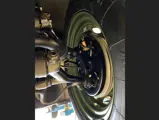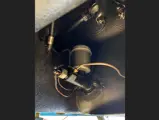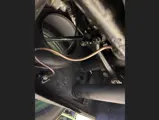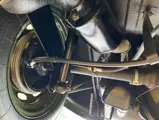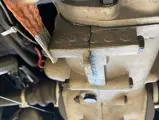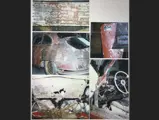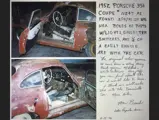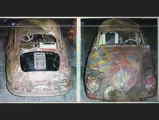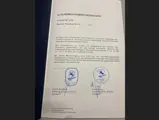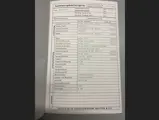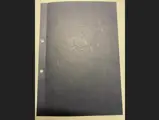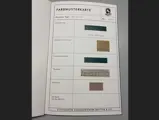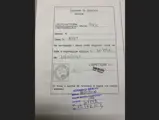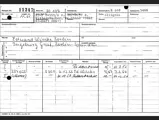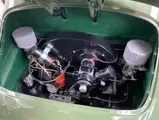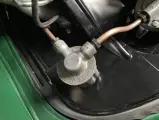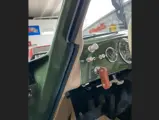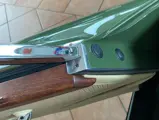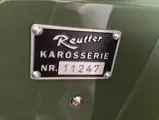
1952 Porsche 356 Pre-A Coupe by Reutter
{{lr.item.text}}
€460,000 EUR | Sold
{{bidding.lot.reserveStatusFormatted}}
- Beautifully restored by renowned 356 specialist Reinhold Plank of Aircooled
- Finished in its original and highly attractive shade of “Dunkelgrün”
- Elegant leatherette and fabric interior
- Accompanied by a copy of its factory Kardex
- Supplied with correct spare, jack, and a tool roll
Fresh from a two-and-a-half year bare-metal restoration by one of Europe’s leading early Porsche 356 experts, presented here is a concours-ready Model 51 “Split-Windshield” Porsche 356 Coupe. Chassis number 11247 was the 53rd from last of 749 Type 356/1500 coupes completed by Reutter, and according to its Kardex, was delivered to the Eduard Winter agency in Berlin soon after its completion in February of 1952.
Model 51 production continued through the end of April, 1952, when the Model 52 arrived. It was an important step for the still-fledgling automaker, as the Model 51 was the last to feature two flat windshield panels in a vee-shape. It also marked the end of Porsche’s mounting the bumpers directly to the body, and the use of two small stop-lamps and separate turn-signal indicators at the rear of the car.
The original engine installed in this coupe was a Type 527 air-cooled opposed four-cylinder of 1,488 cc and 60 bhp, bearing engine number 30137. The Kardex indicates that this roller-crank engine was replaced in 1957 by a 1,300 cc Type 506 unit, manufactured in 1951. According to the Kardex, the engine change was carried out by Rittersbacher in Grünstadt. The car likely changed hands several times over the following years, during which it made its way to the United States. It is important to note that today, the car is now fitted with a Type 527 engine stamped 30319.
In a hand-written advertisement which accompanies the car, American 356 enthusiast Tom Birch offered the car for sale, along with several boxes of parts and half of an early engine. Mr. Birch stated that he found the car in 1996, stored in a Wisconsin garage. It was in very rough condition, damaged and rusty, modified with later “teardrop” tail-lights and front horn grilles, and resprayed red with a black and white interior. Birch’s ad described it as being originally painted a “shiny Army-truck green”.
Close, but not quite. This coupe left the factory wearing what the Kardex simply states as “Olivgrün”, without a paint code number. As “Olive Green” does not appear as a standard color choice for 1951, we might conclude that it was custom-ordered by its first owner, listed as Ingeburg Grief of Berlin. However, further research by Reinhold Plank, owner of Aircooled, the acclaimed Porsche restoration shop in Brixen, Italy, reveals that it was in fact “Dunkelgrün” (Dark Green), or “Moor Green”, all carrying the same Reutter paint code of R506. No matter the correct name, this is an extremely rare and handsome color.
Birch kept the car as found until 2003 when he sold it as a restoration project to a dealer in Bergamo, Italy. That dealer in turn sold it to a Milan-area collector, but that individual eventually offered the as-found remains to Mr. Plank, who embarked on a top-to-bottom, cost-no-object cosmetic and mechanical restoration.
Reaching out to Reutter’s archives, Mr. Plank obtained a comprehensive build sheet listing all the colors and materials originally used on this car, as previously noted. The factory interior, according to Reutter, incorporated Beige leatherette and beige fabric seat inserts. There was a beige headliner and tan carpeting throughout the interior. Black rubber floormats were underfoot.
Mr. Plank found all the major body panels to be original to the car. Although much of the inner structure was intact, the floors and tunnel, longitudinals, door skins, nose, and rear clip skins had to be refabricated. All panel gaps are now factory-perfect.
A complete new interior of beige leatherette with matching fabric seat inserts was crafted by Ferraresi Interni Auto of Enrico and Michele Ferraresi, one of Italy’s top-rated upholstery shops. There are no rear seats as such; according to Plank, “Split” coupes from 1950 until April 1952 don’t have a rear seat backrest or rear seat cushions, so this area is carpeted. Plank says he used as many of the car’s original parts as possible, refurbishing the Petri banjo-type steering wheel, switchgear, lighting, Veigel instruments, and other controls, as well as the hardwood door caps and rear quarter window ledges. There is a Telefunken radio and red-tipped Hirschmann antenna, as well as a green plastic sunvisor.
The well-detailed engine compartment – trimmed in green leatherette for noise-deadening –houses the fully rebuilt engine, now fitted with a plain-bearing Type 546 crankshaft for reliability. The suspension, brakes, and steering were all rebuilt, and a new wiring harness installed. The restoration was fully documented in photographs.
Driven only 123 km since restoration, this magnificent Model 51 Porsche 356 coupe is fully sorted and ready to be driven by its next owner, or entered in any top-flight Concours d’Elegance.




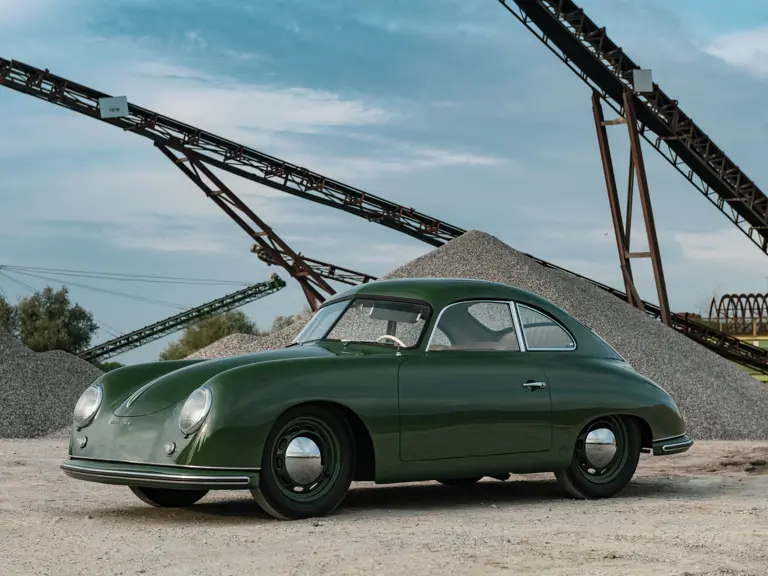
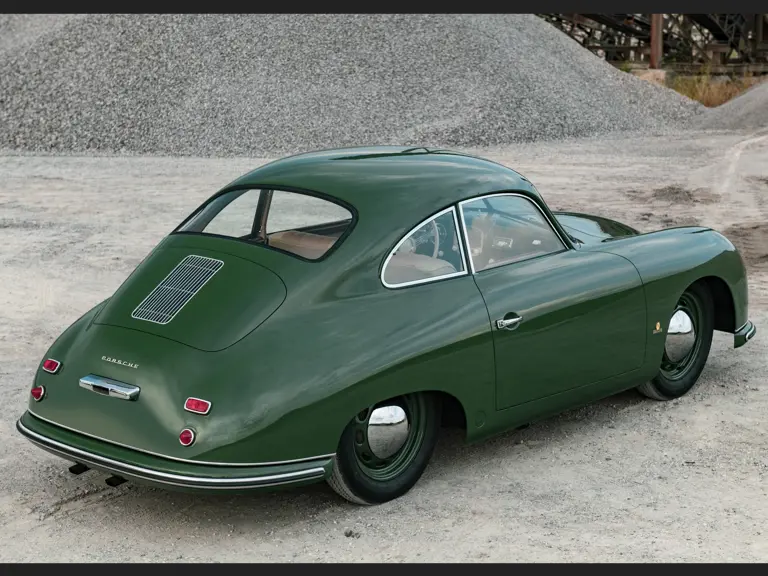
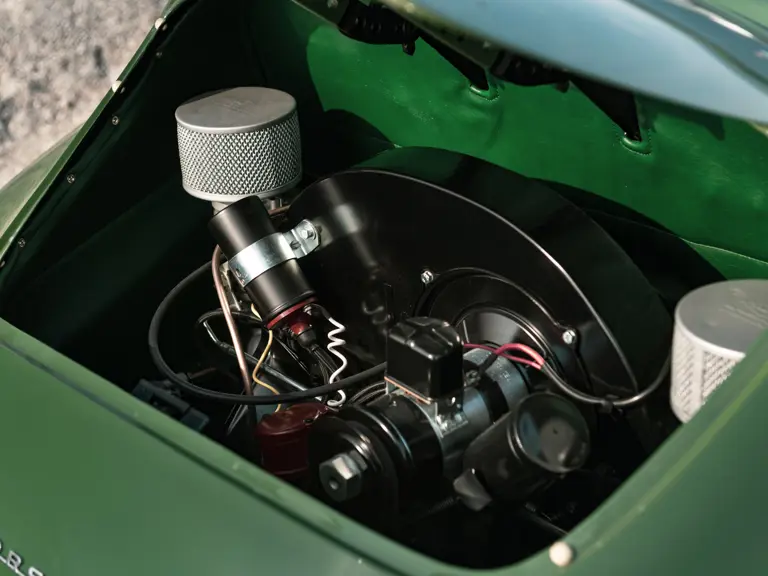

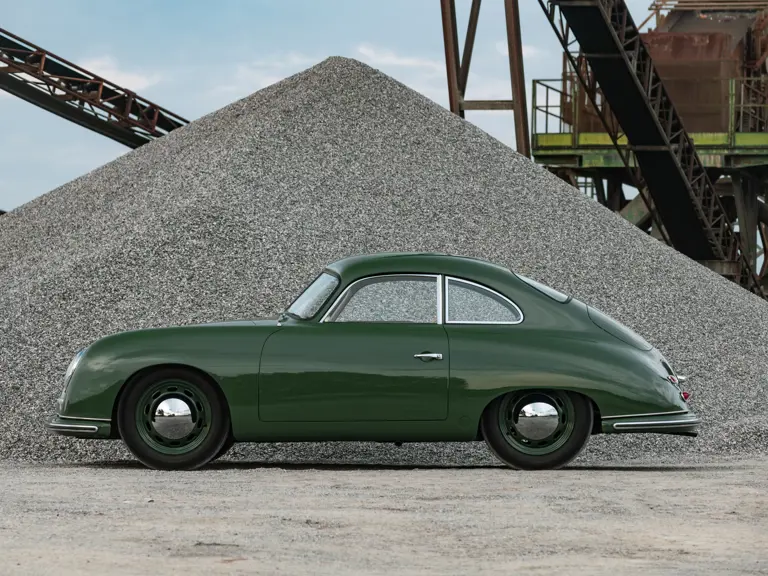
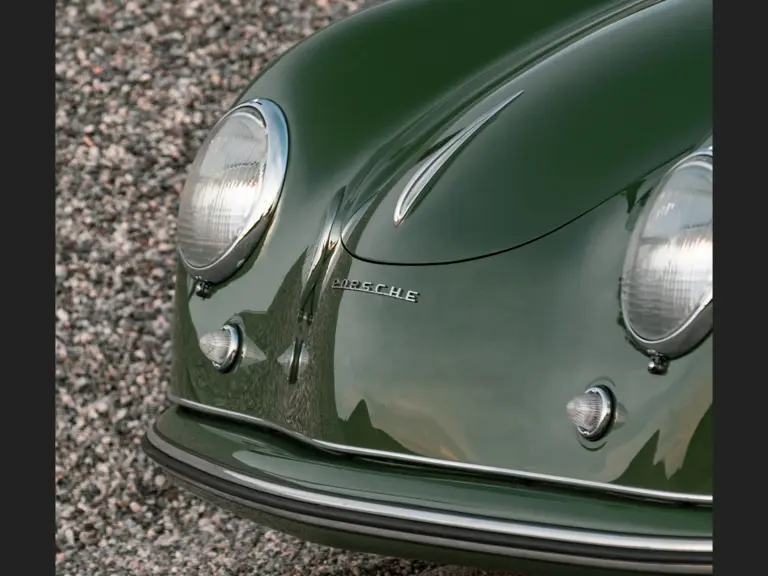
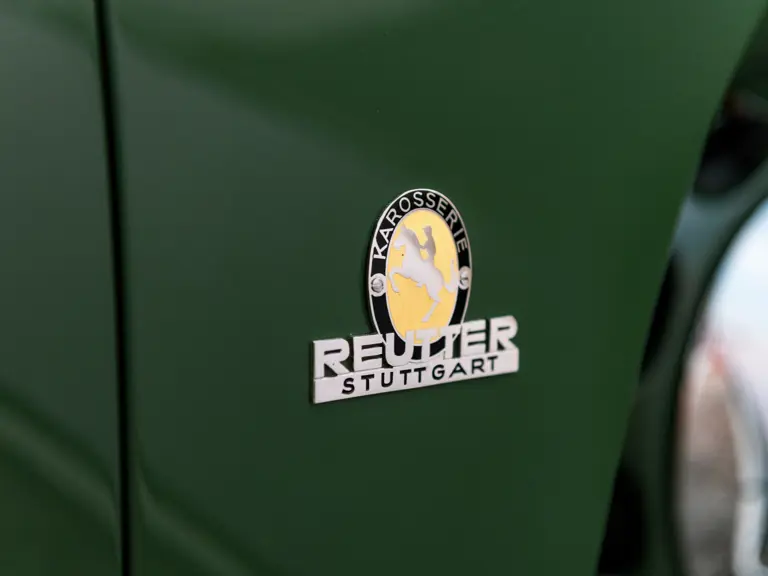
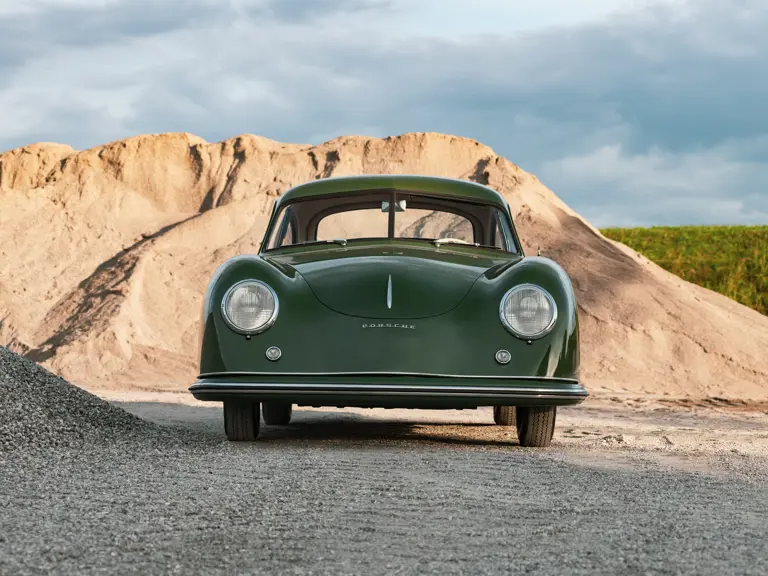
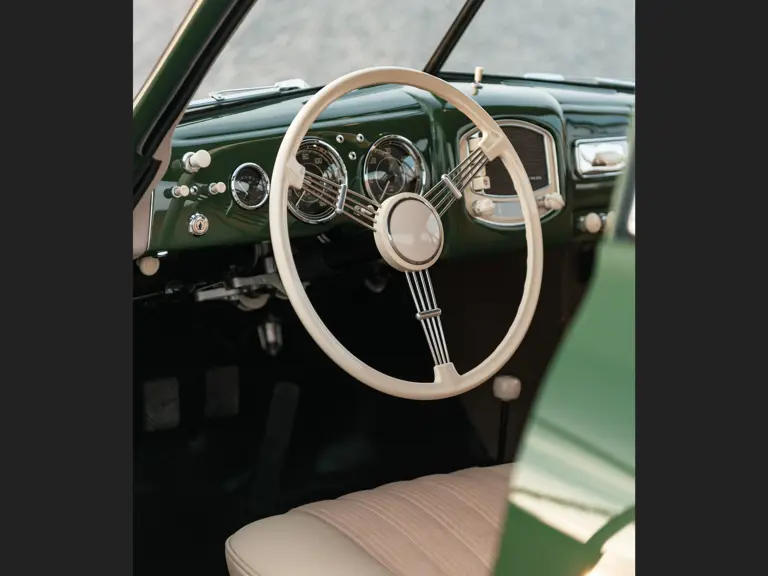

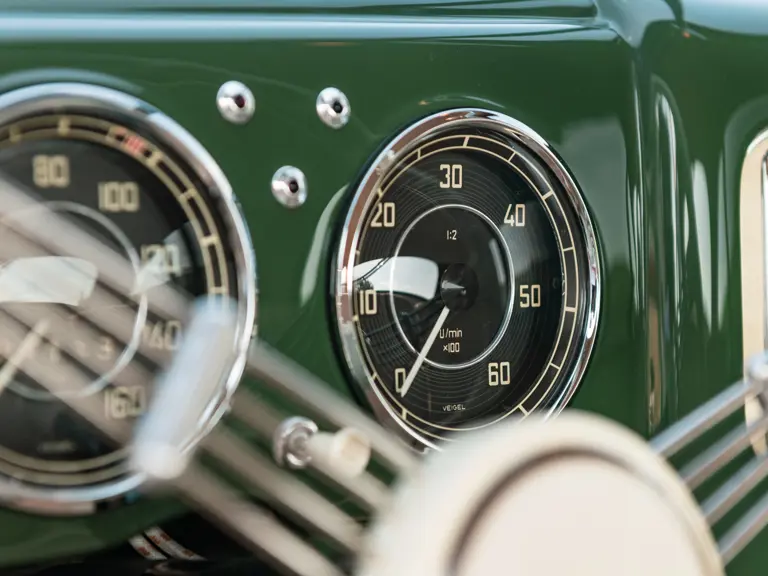

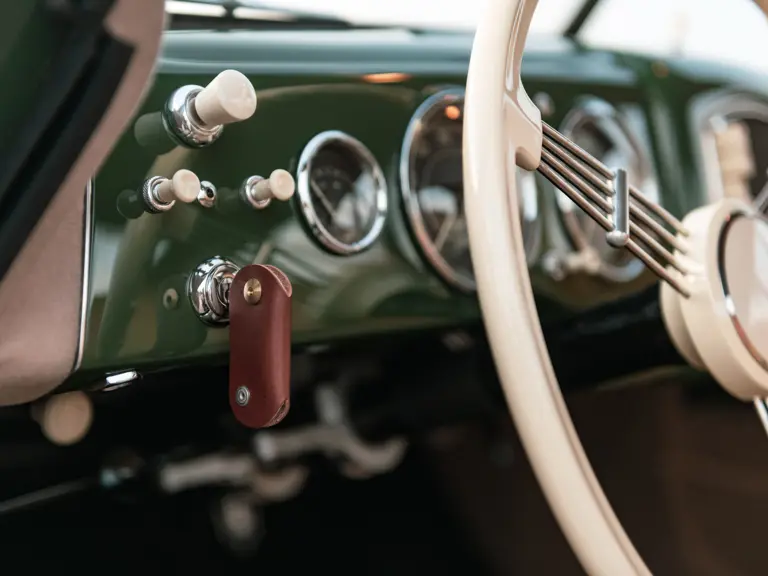
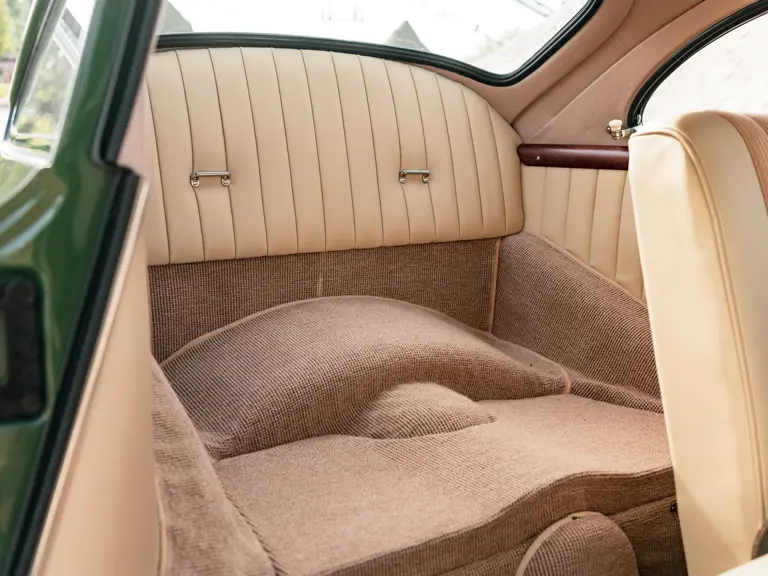
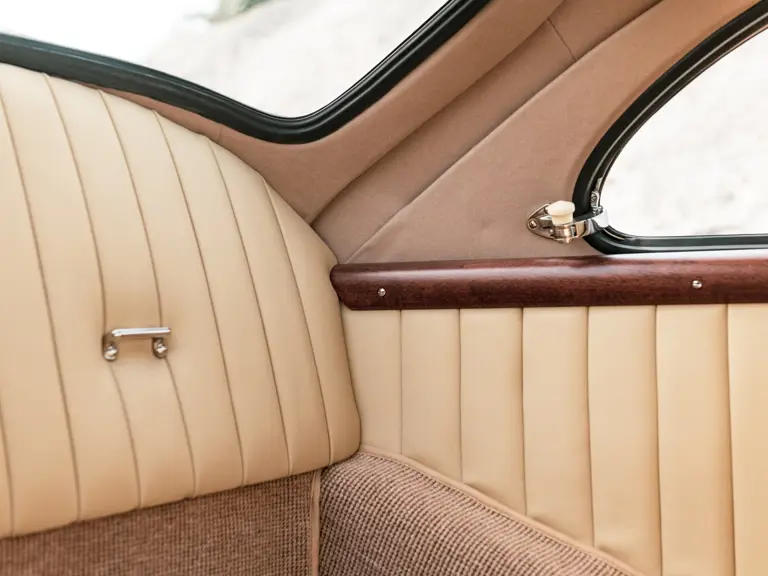
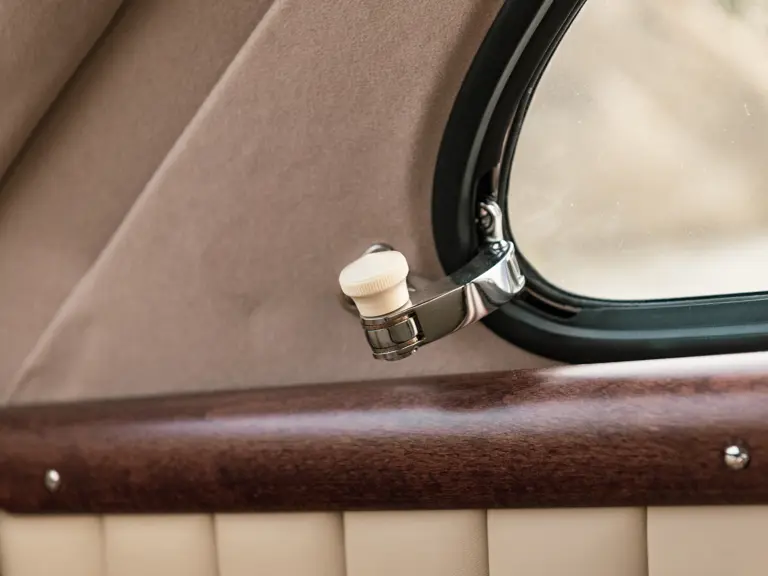
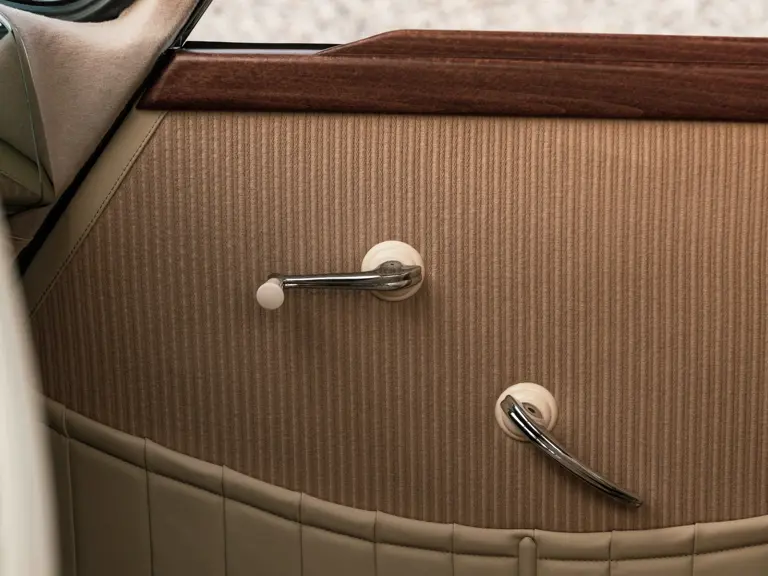
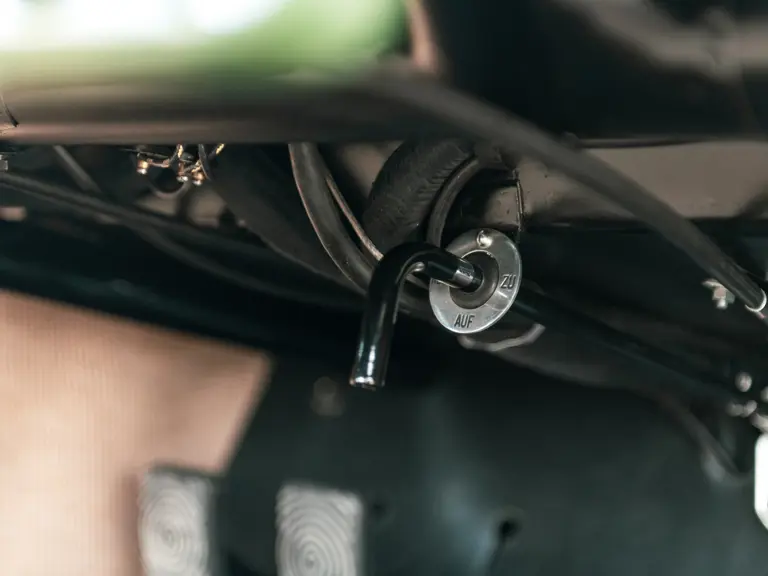
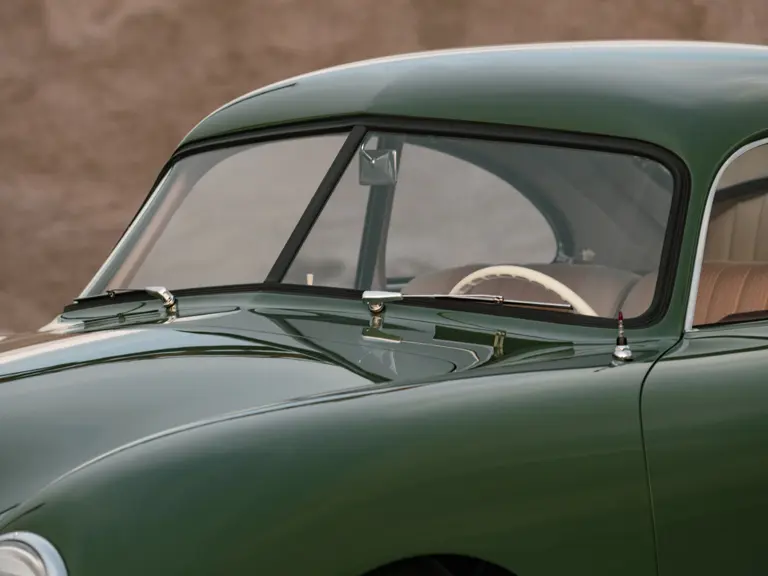
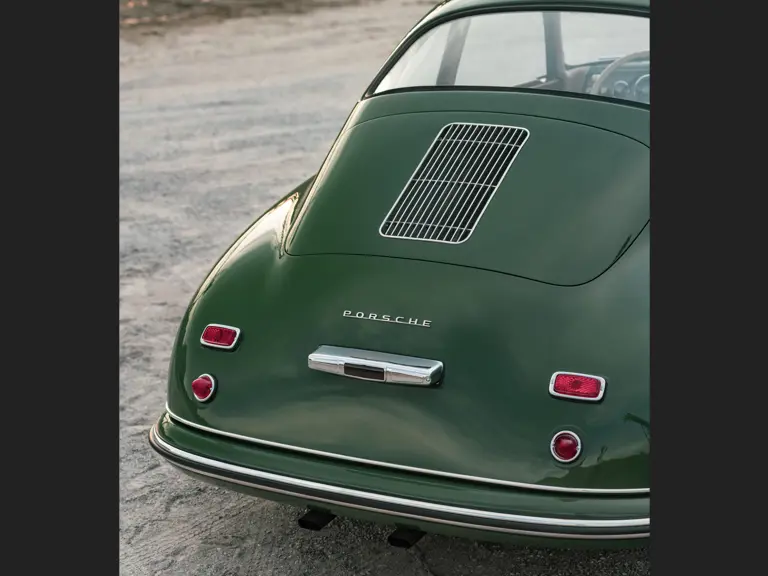
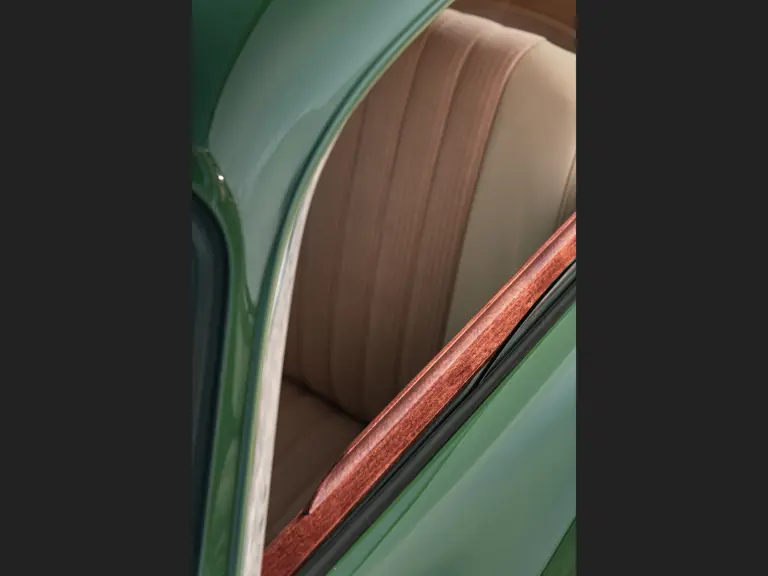
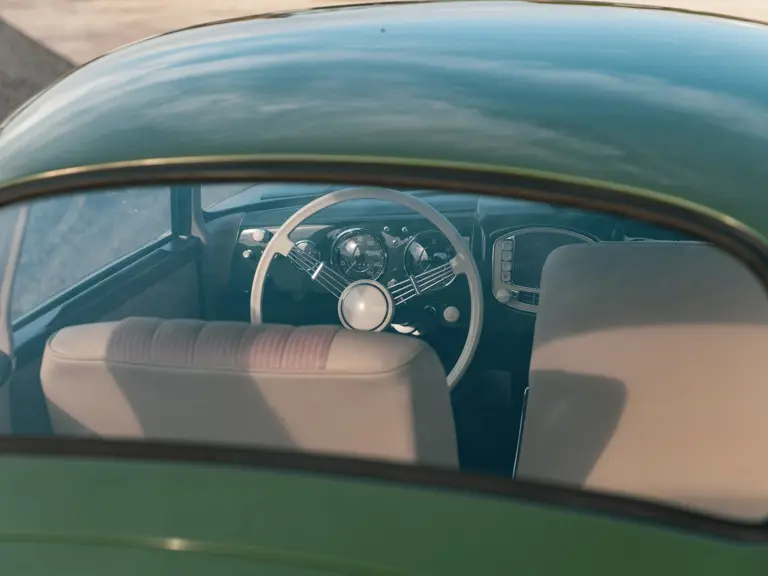
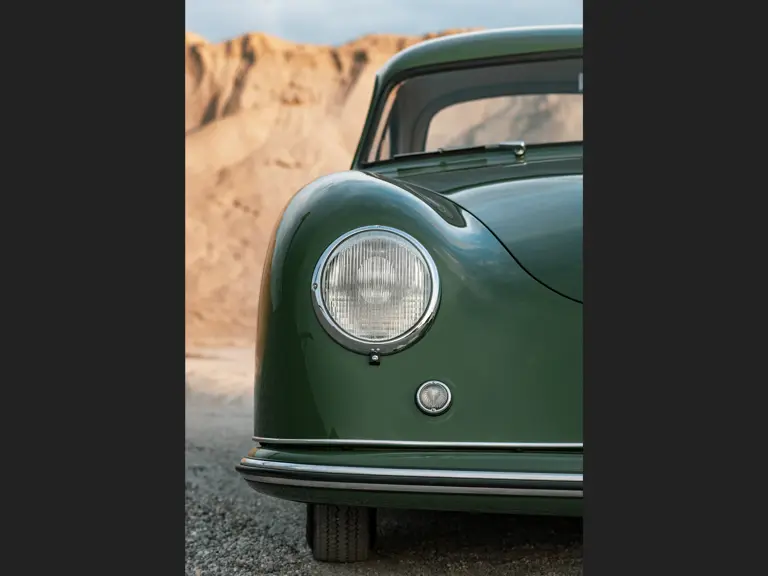
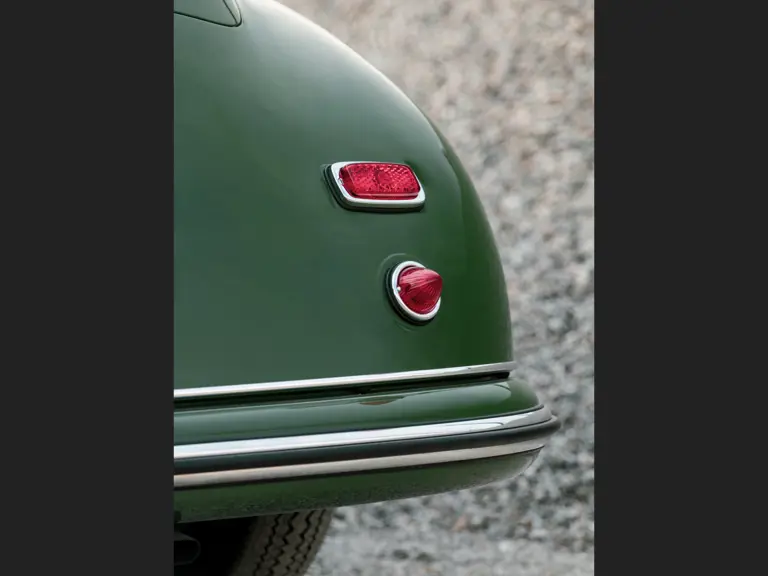
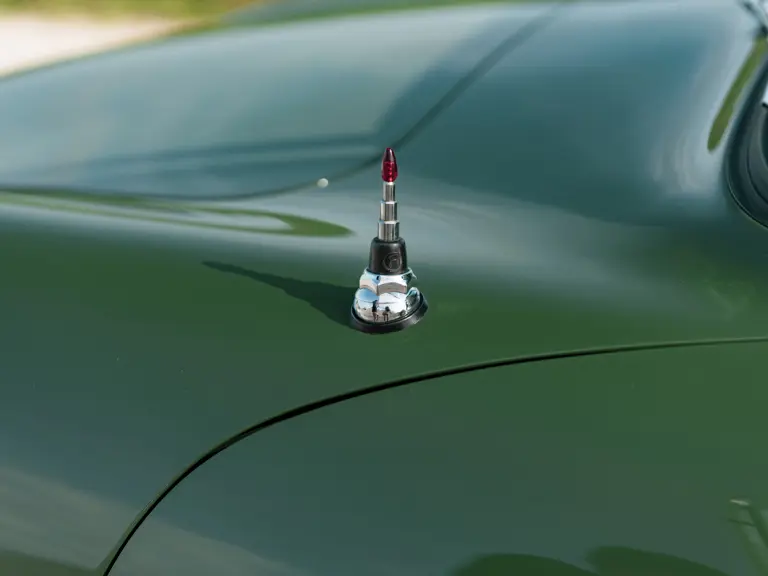
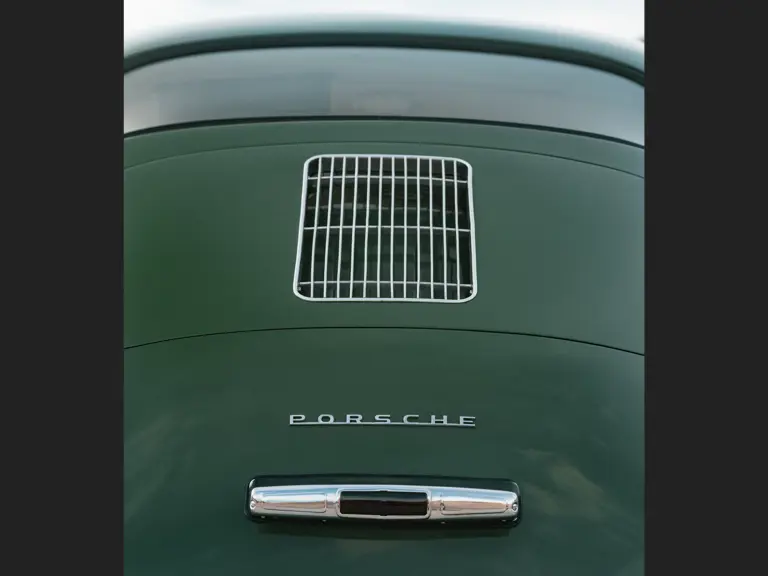
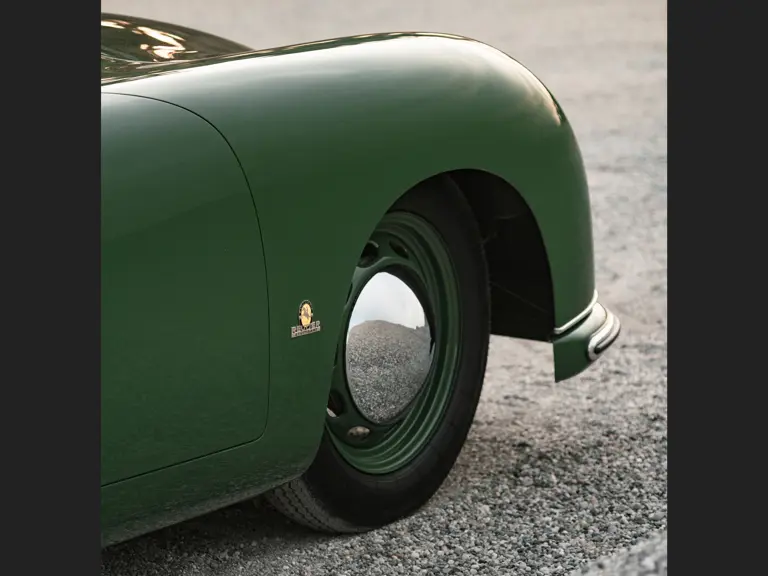


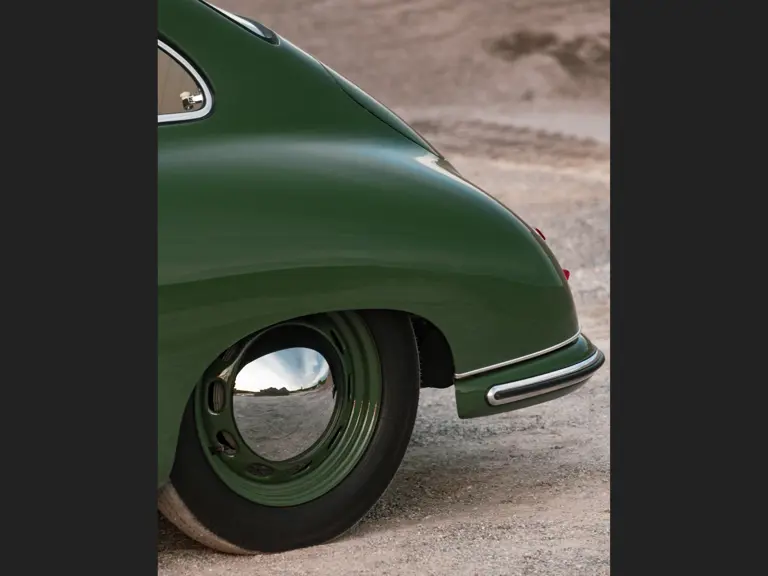
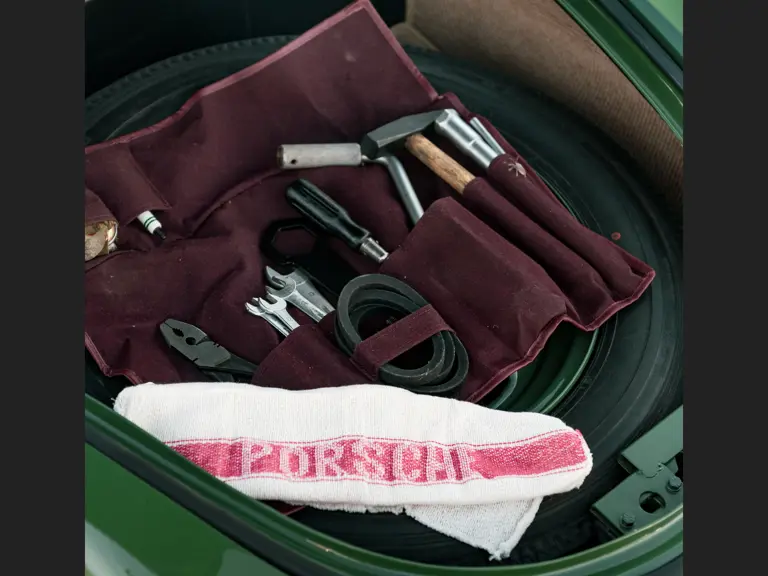
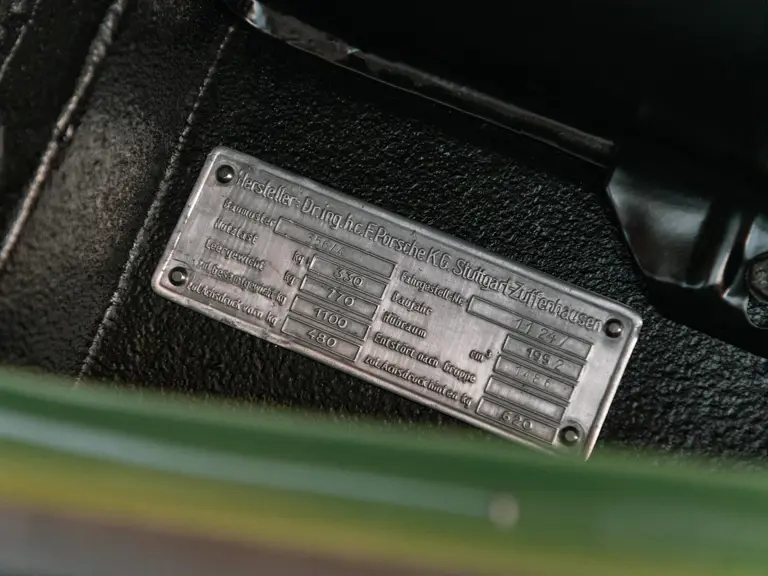



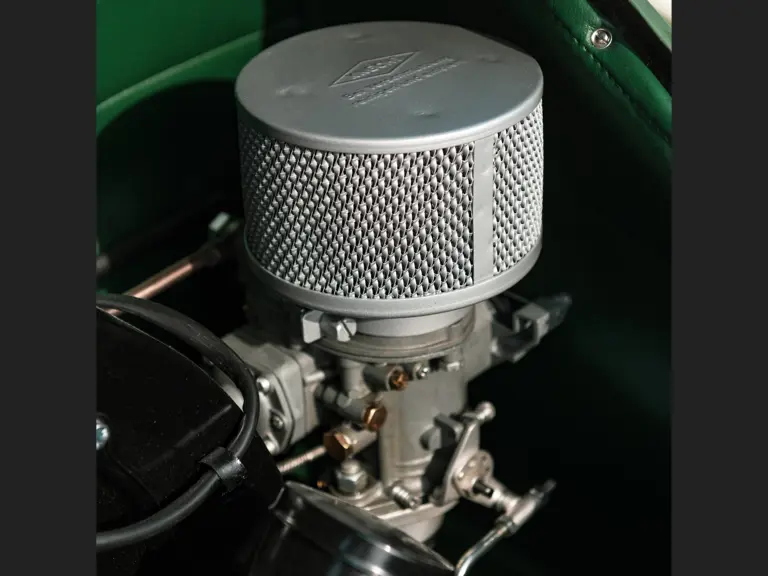
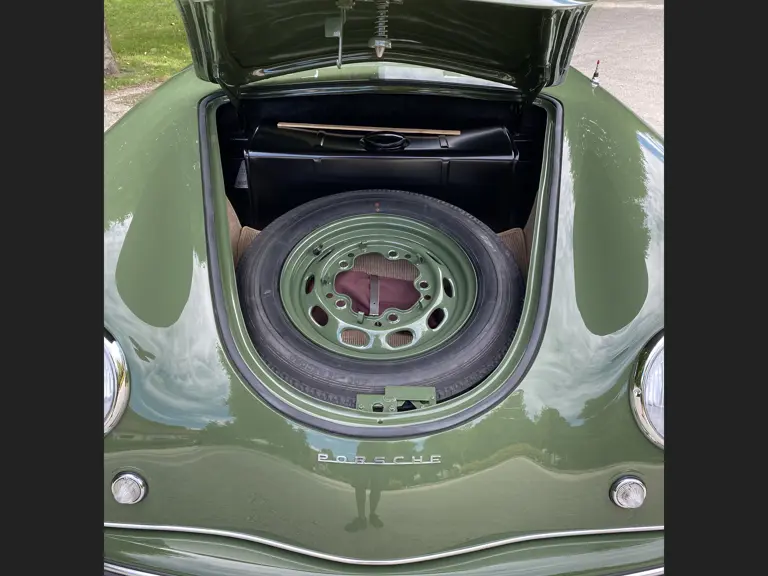
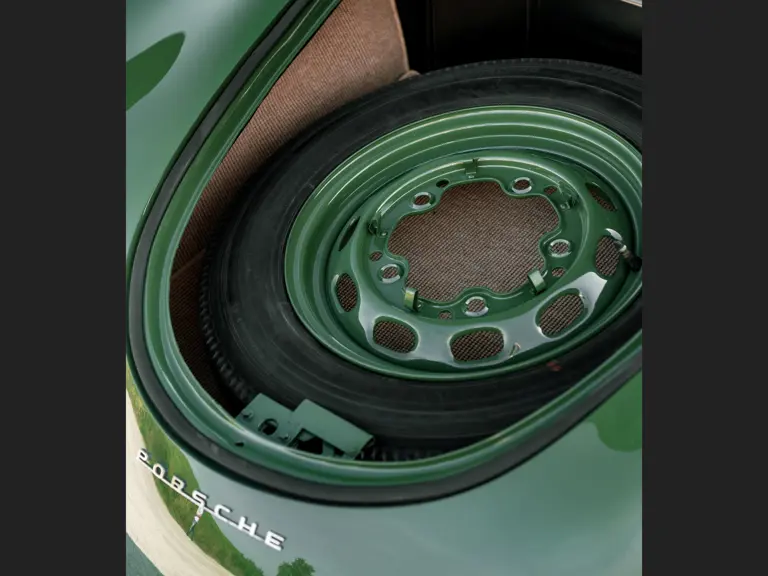

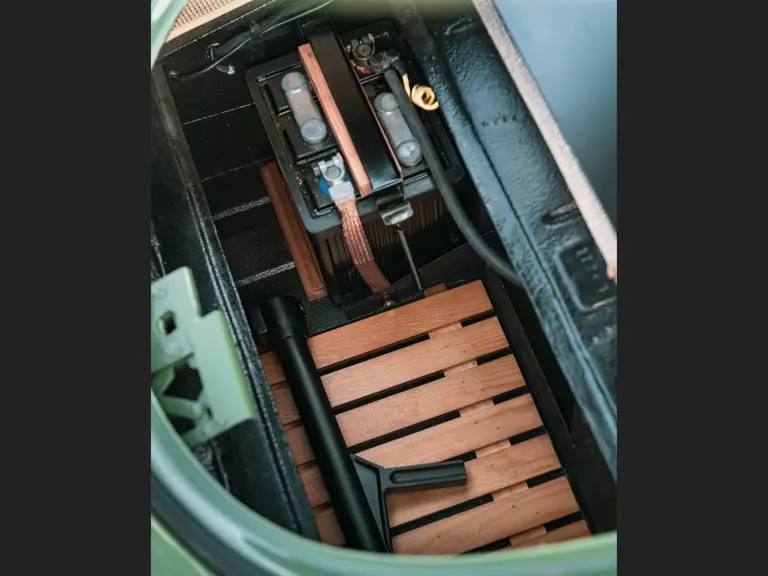
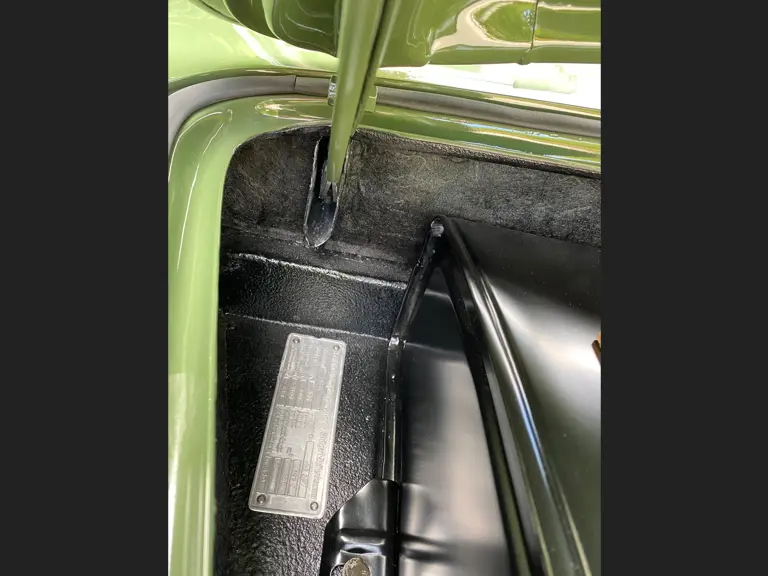
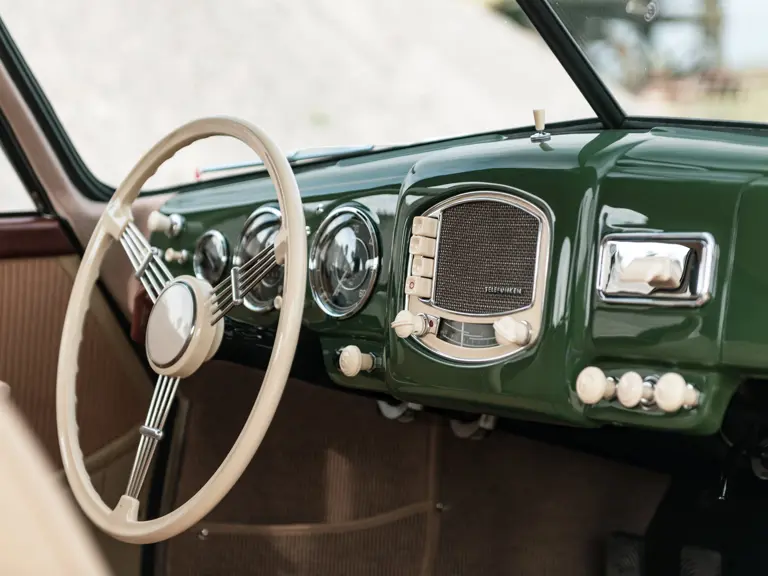
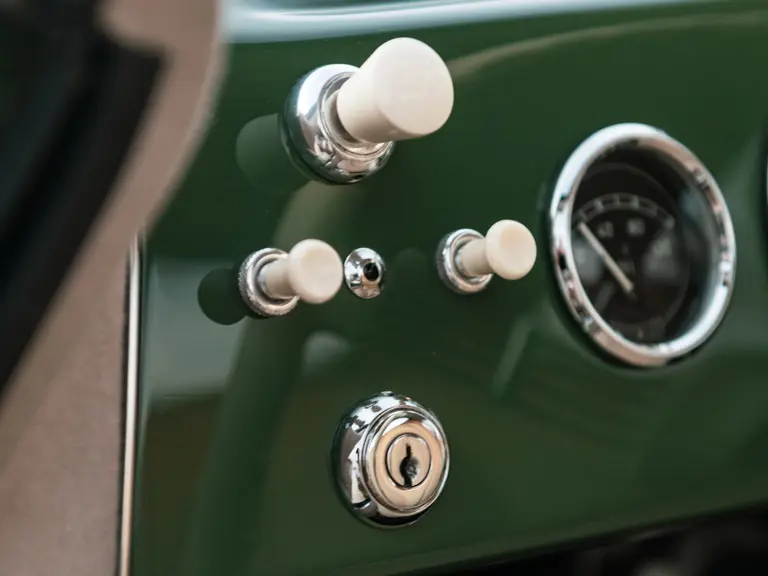
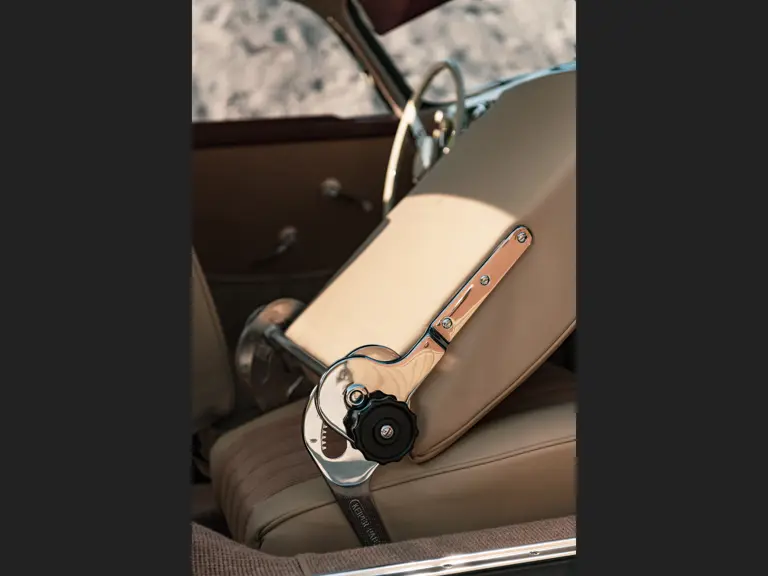
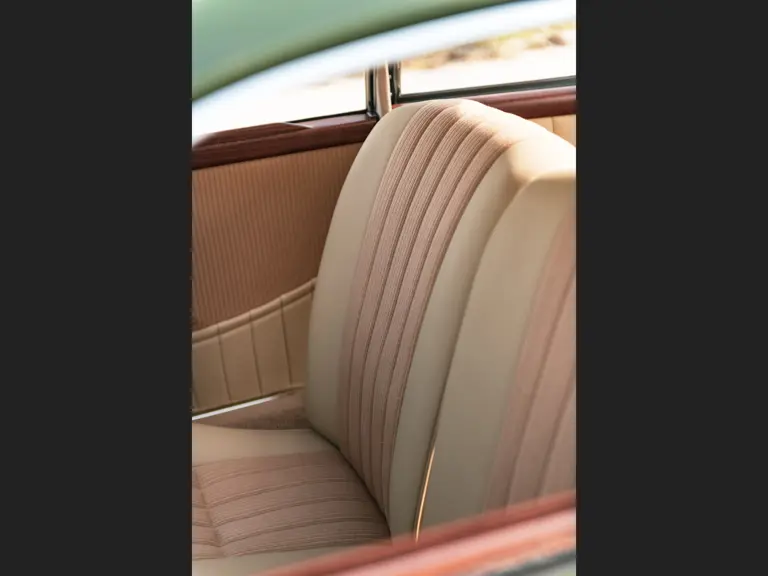
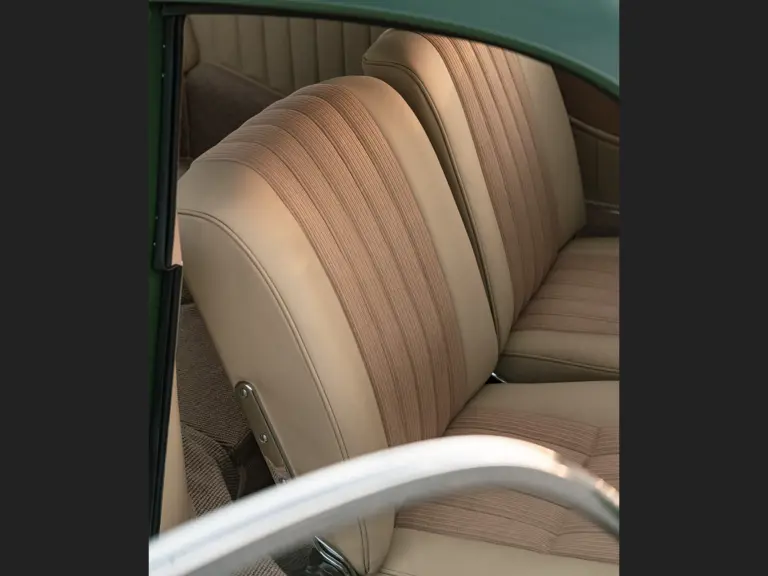
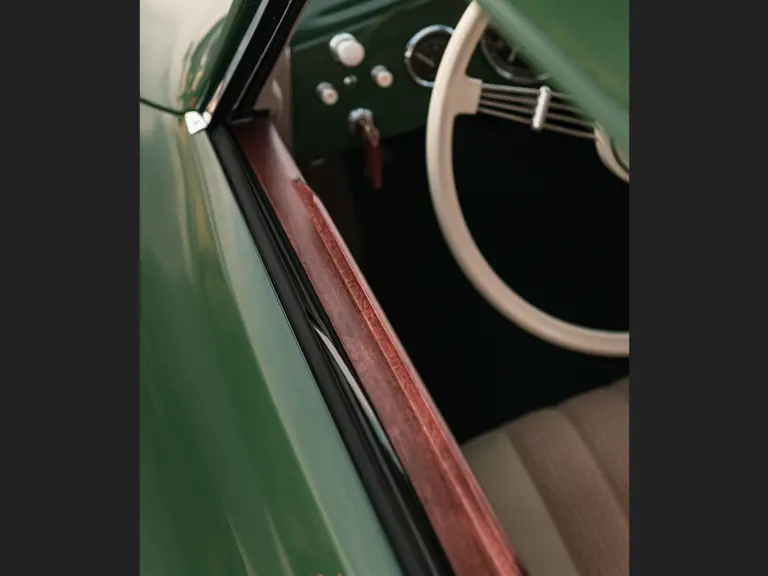

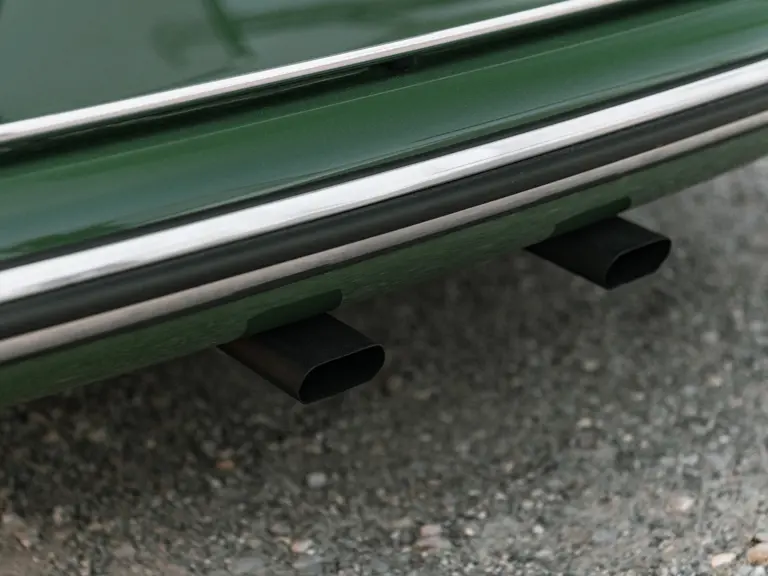
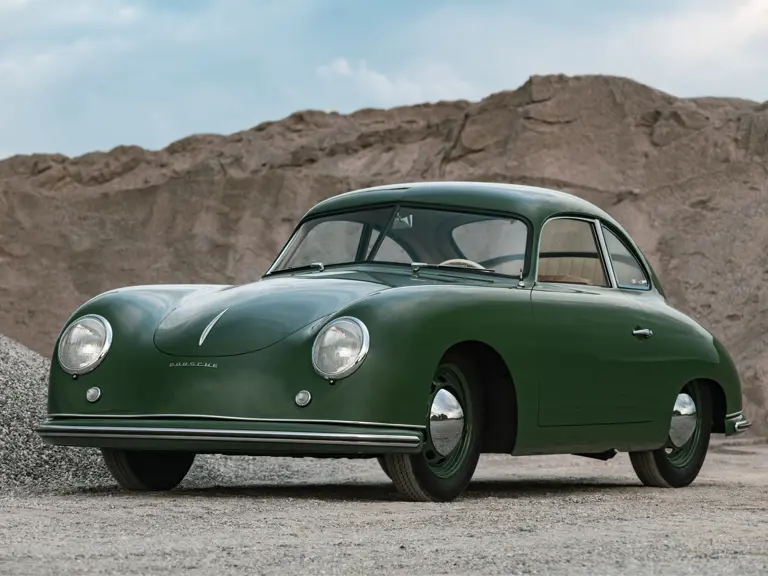
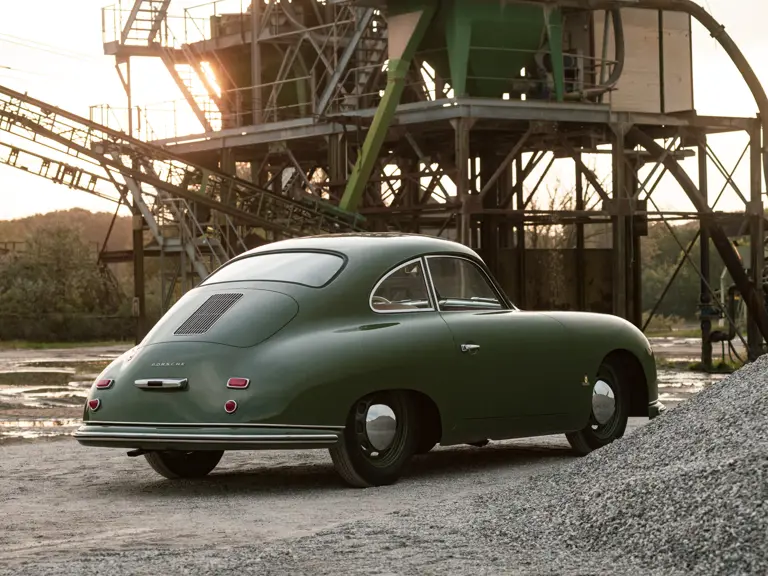
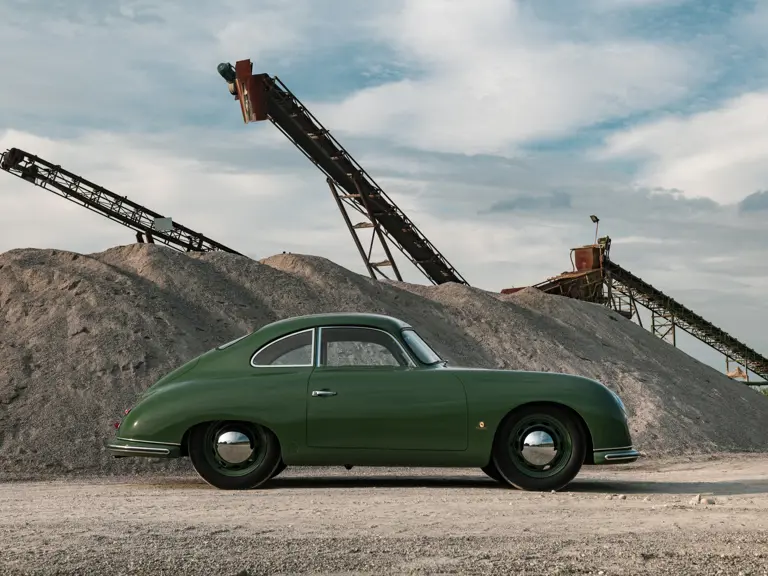

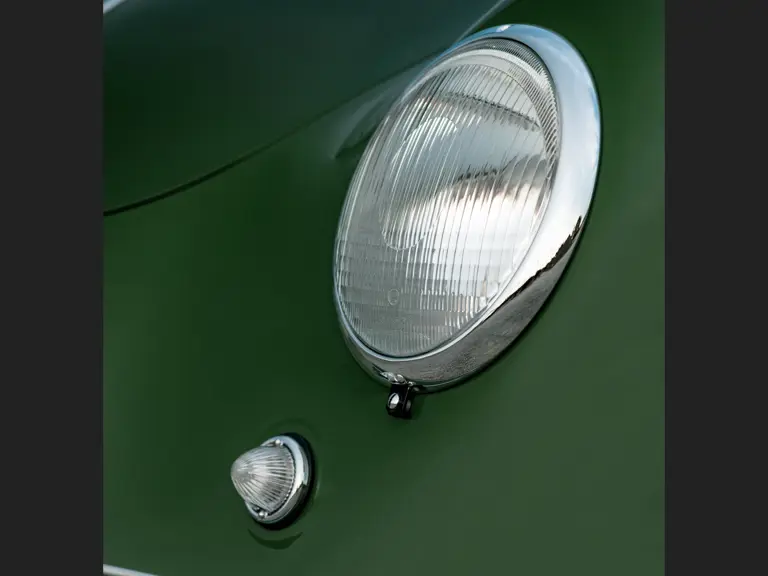

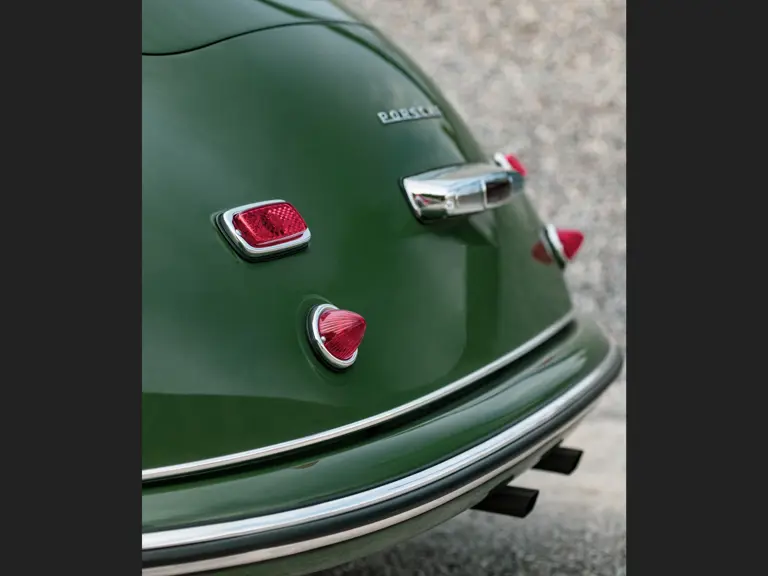

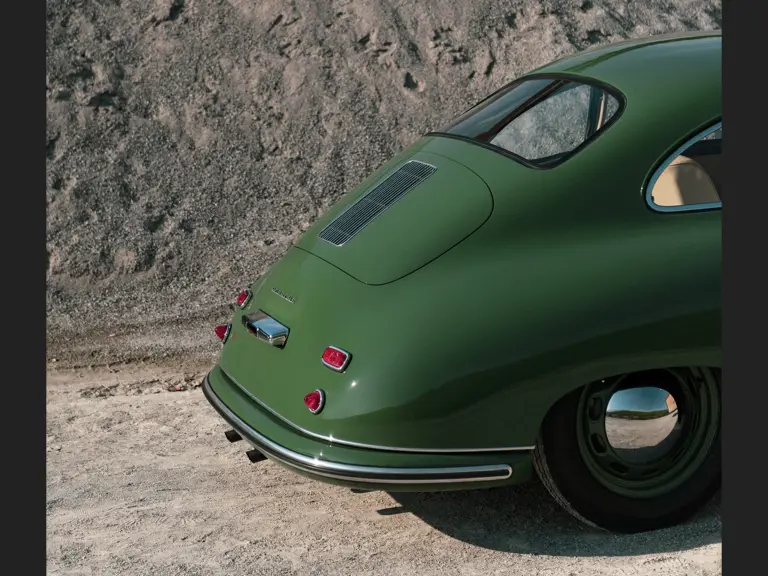
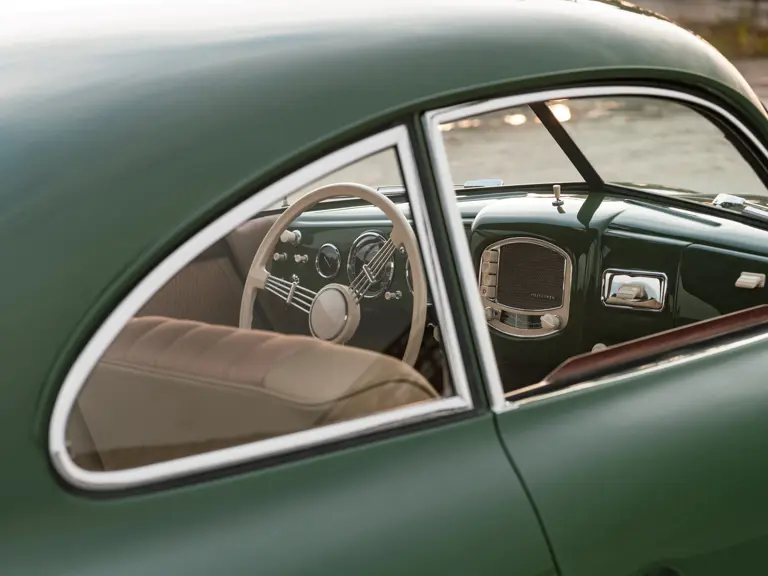
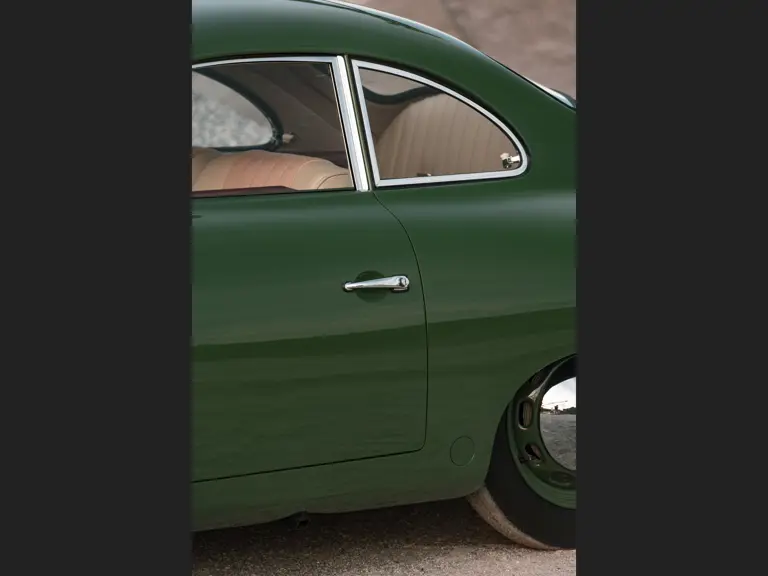

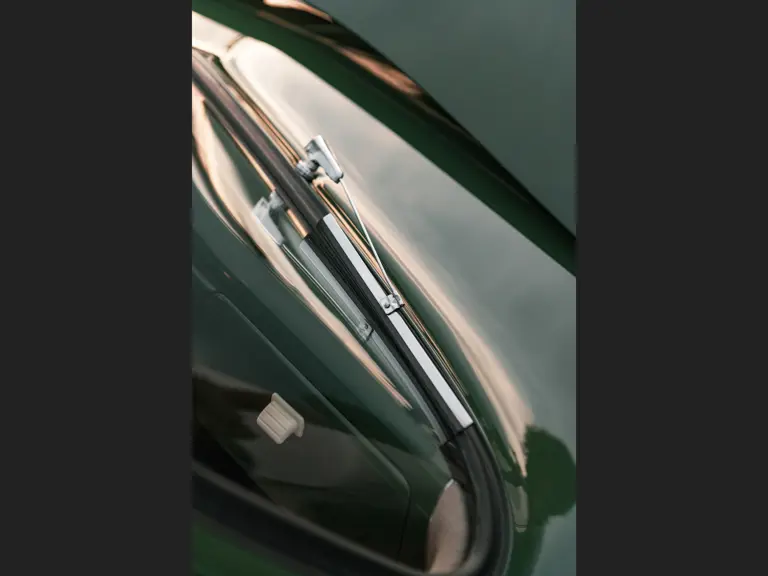
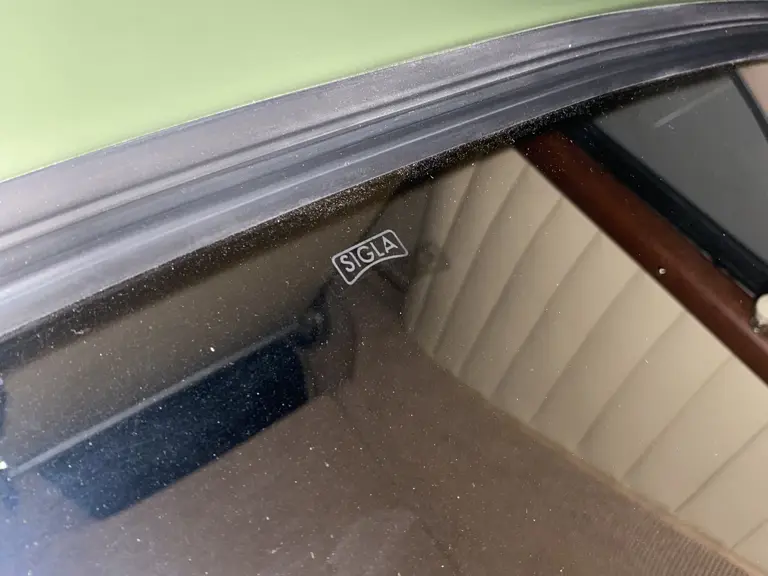
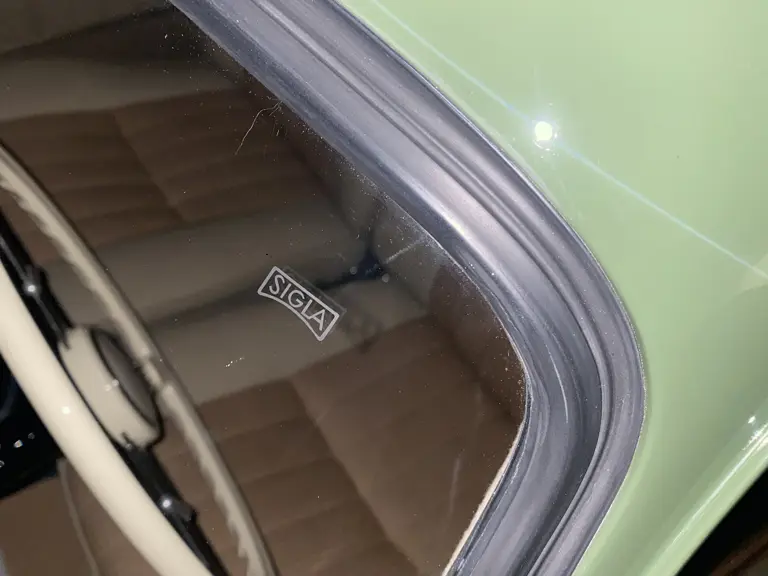

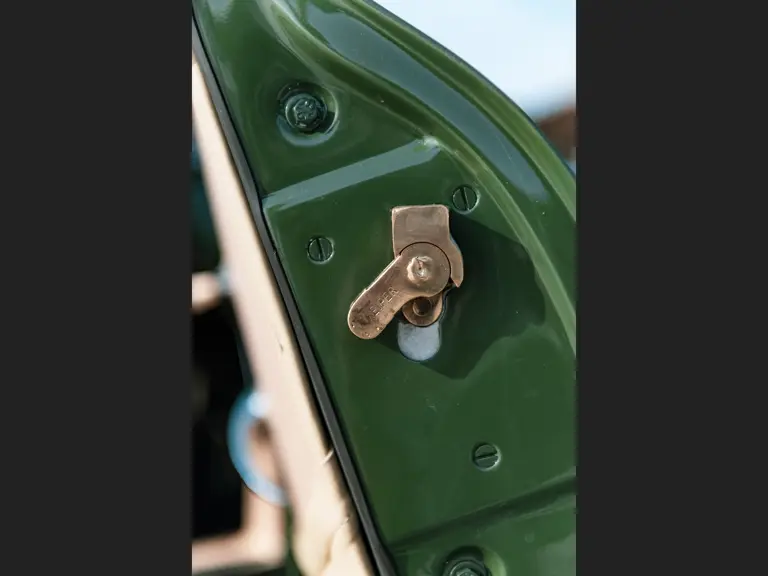
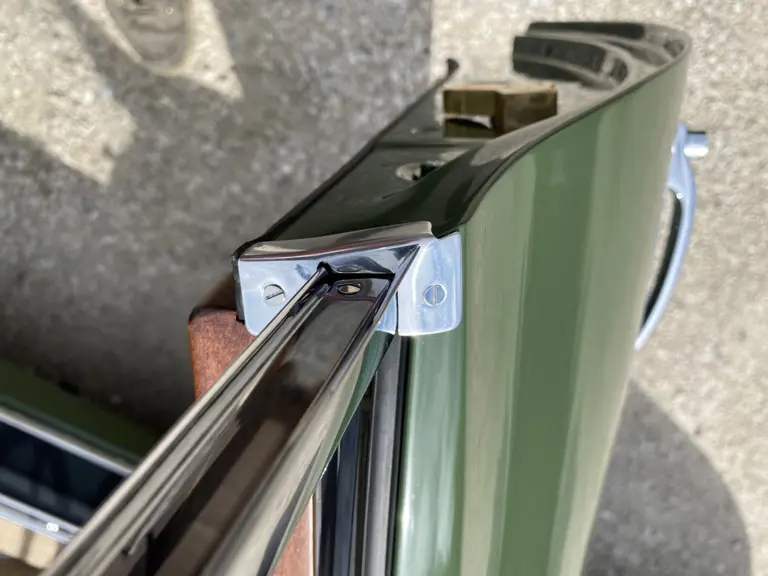
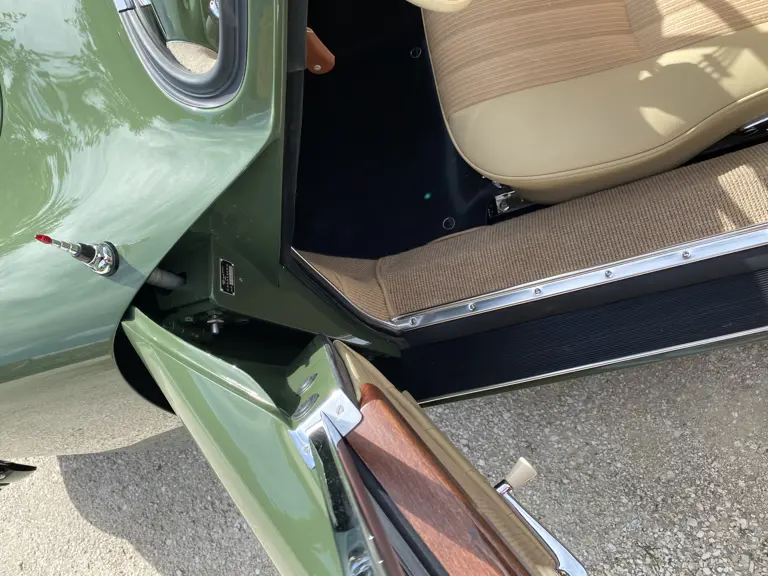
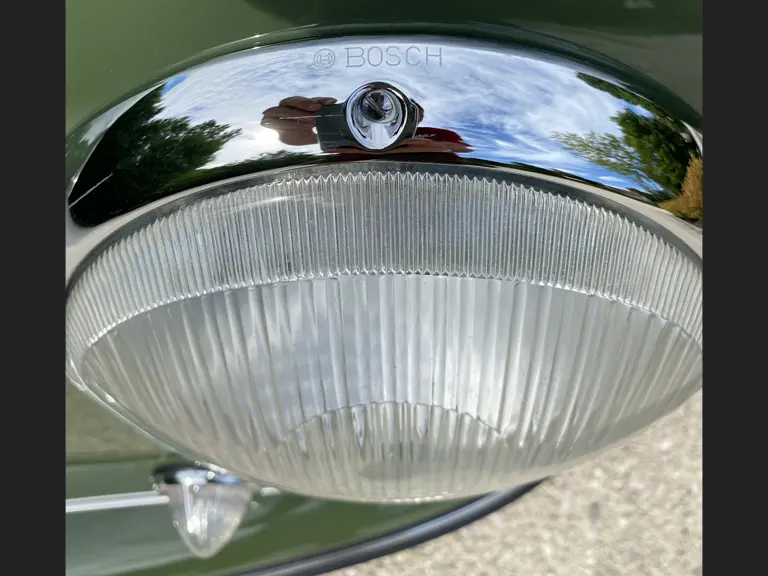

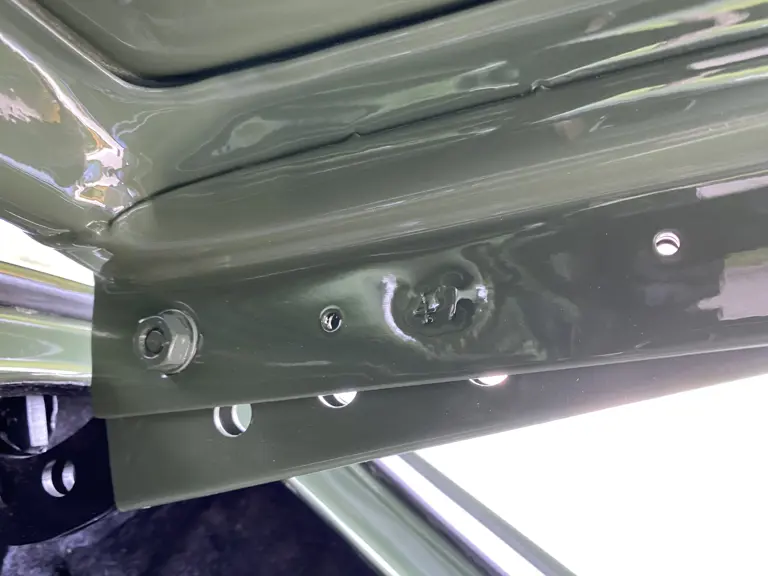
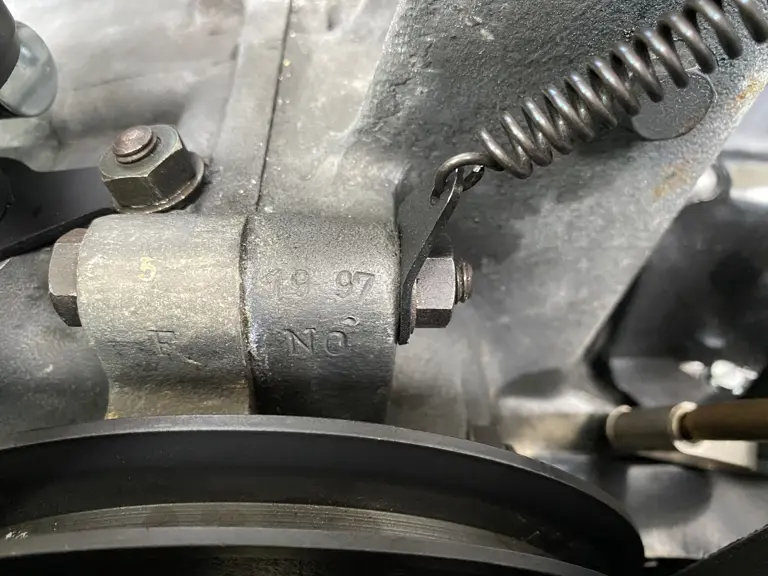
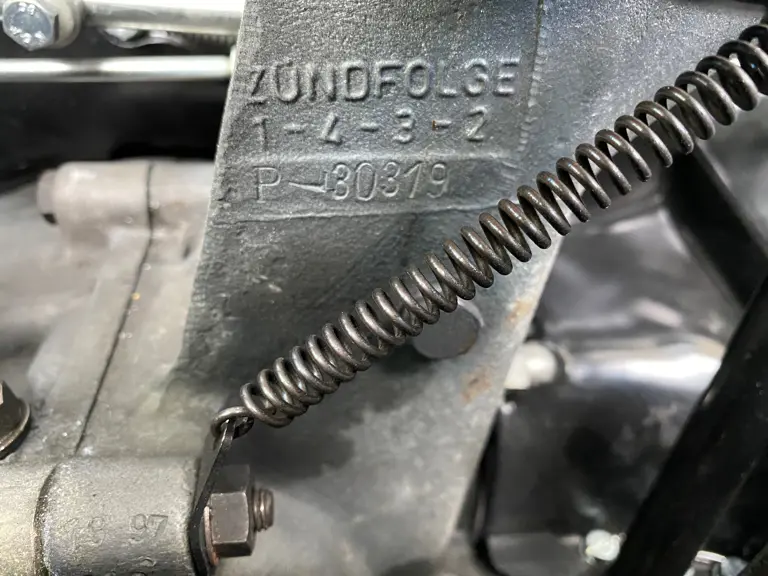
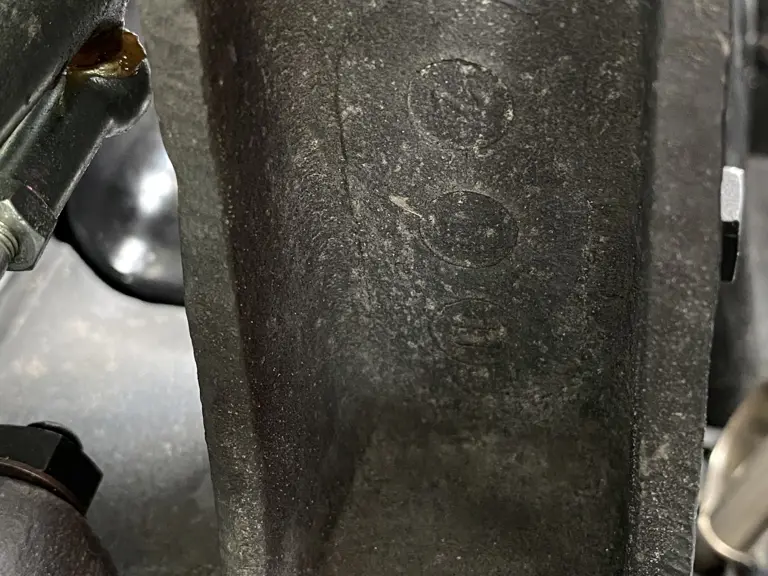

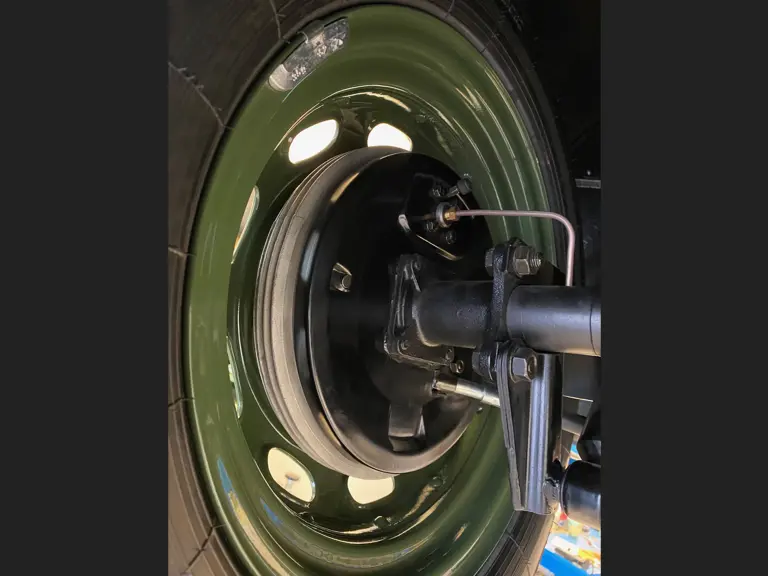

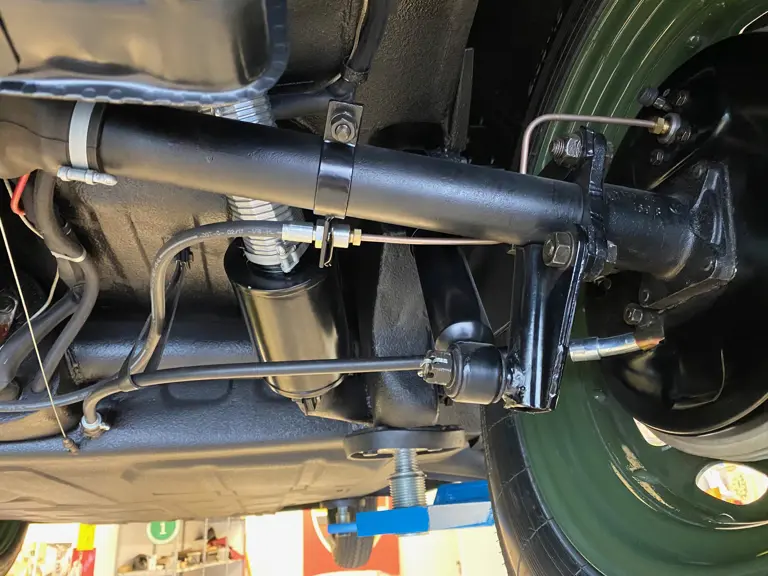
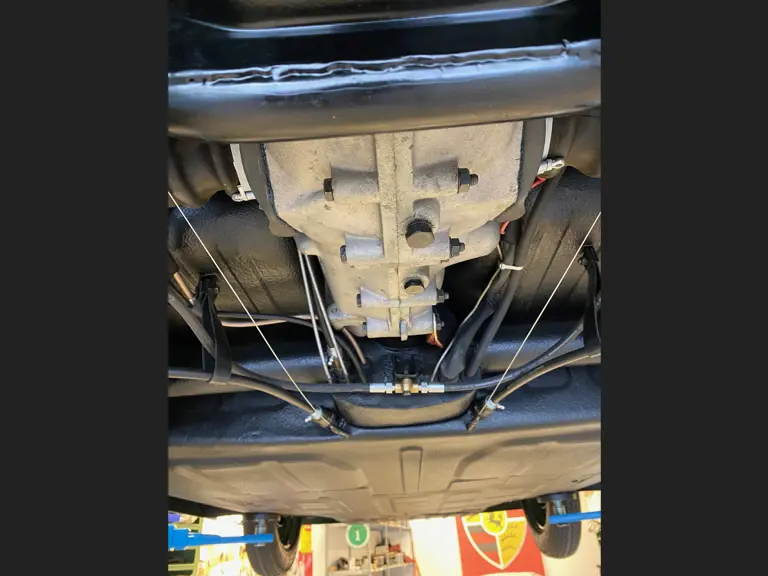
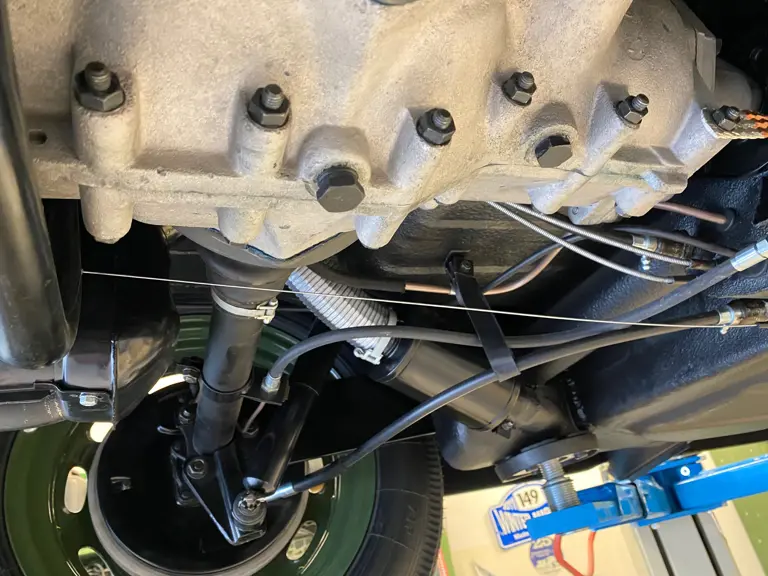
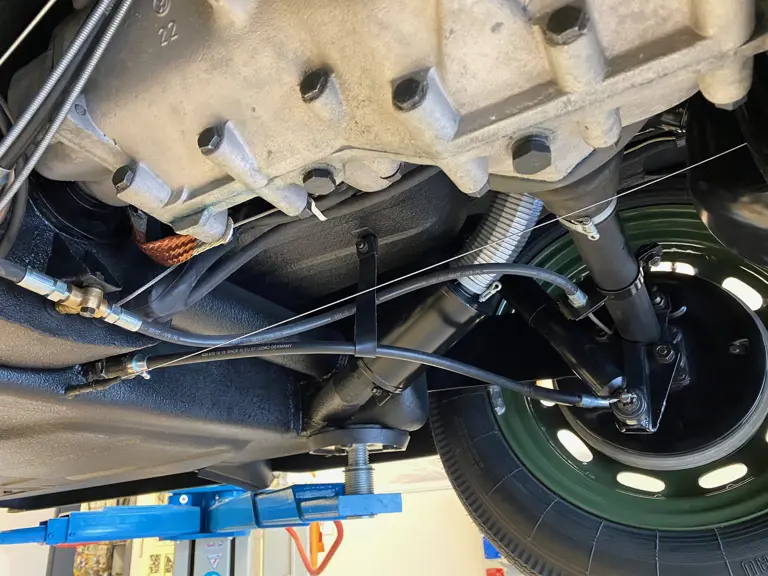
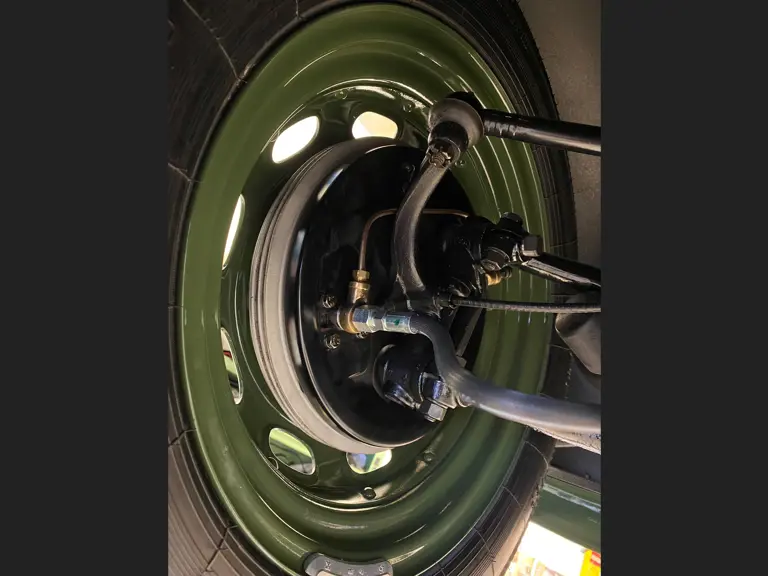
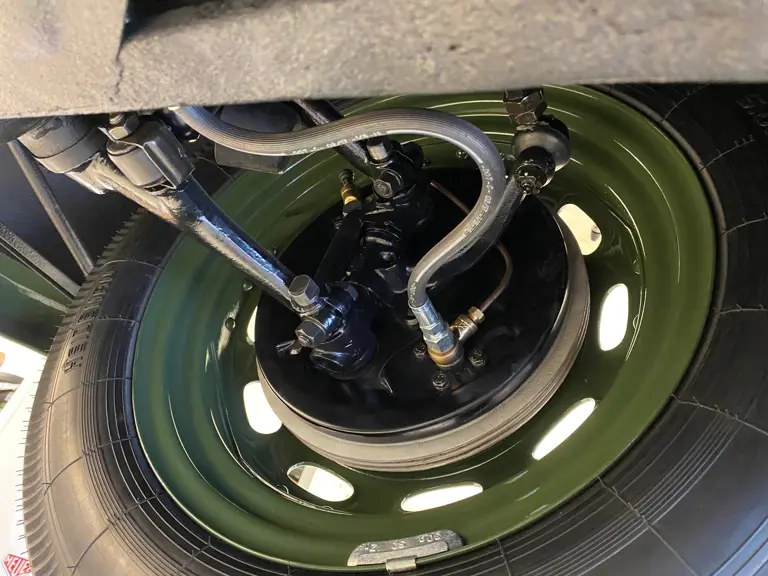
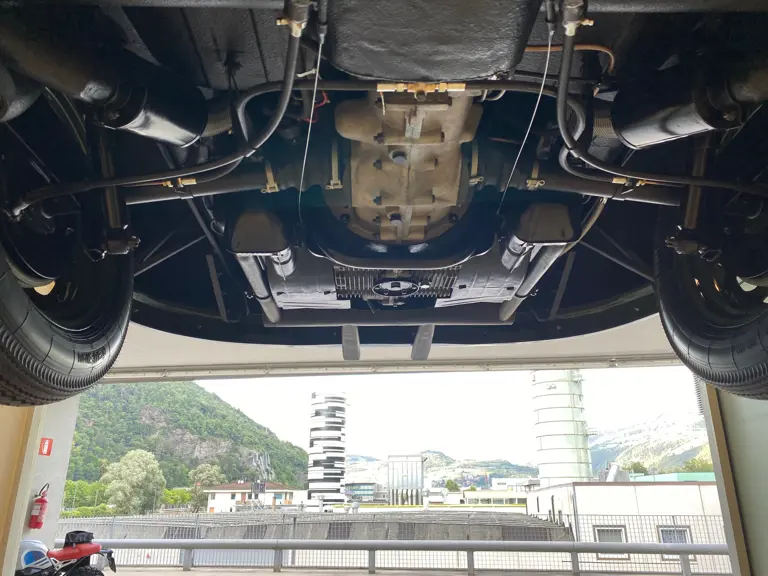
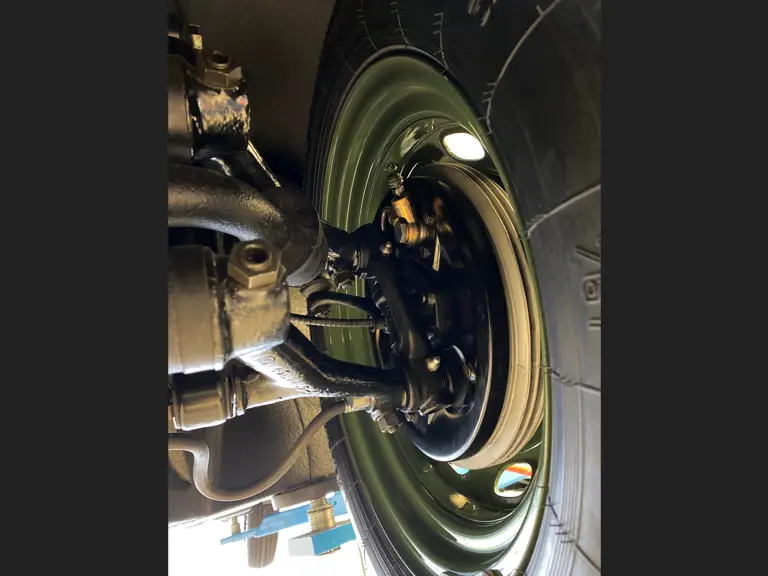
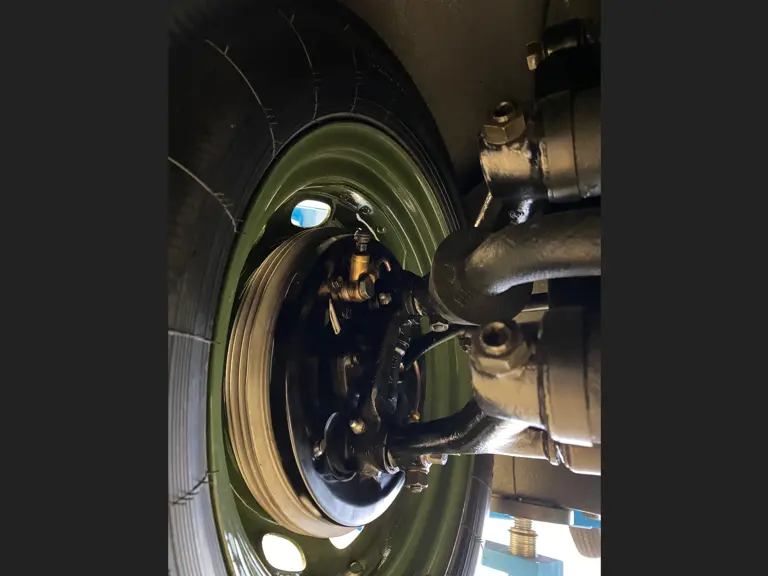
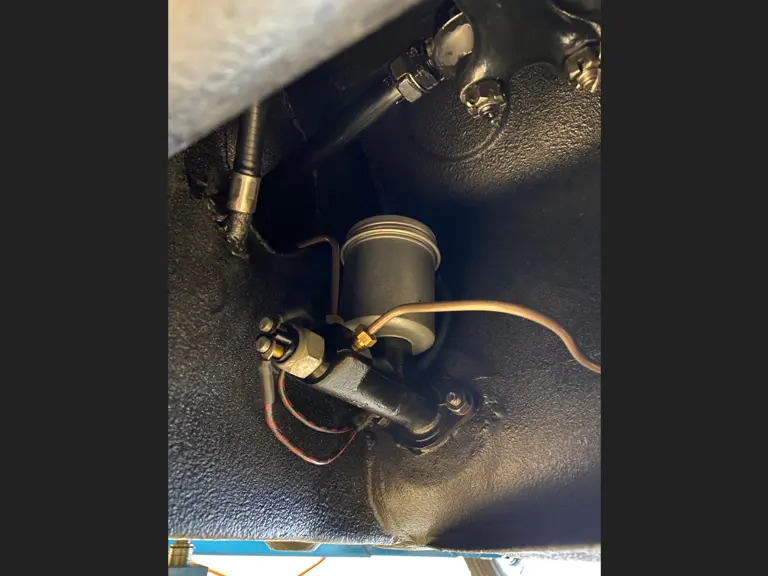

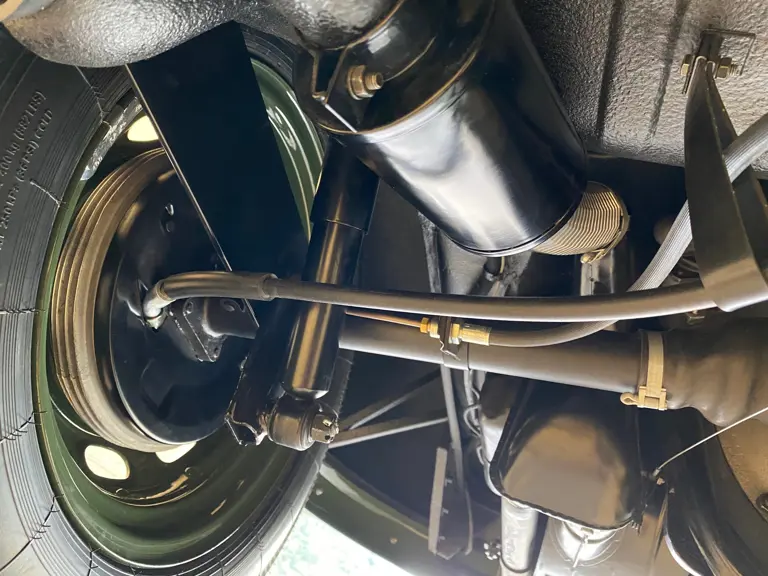
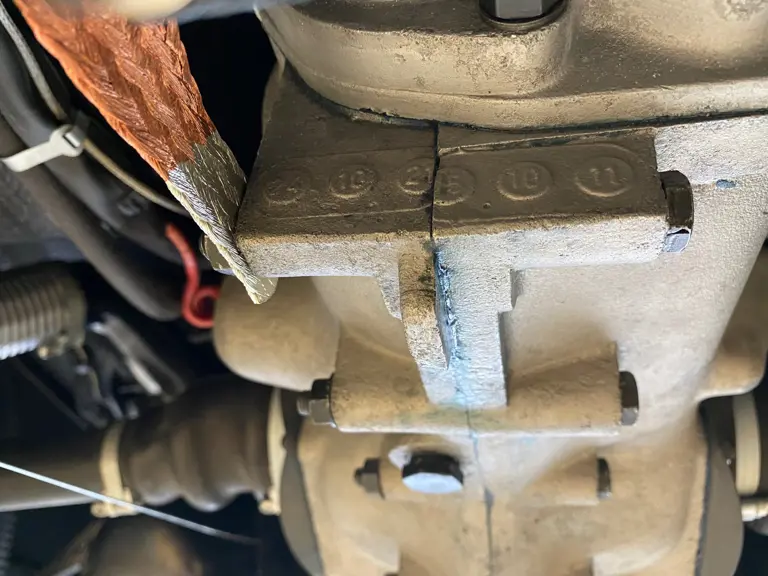
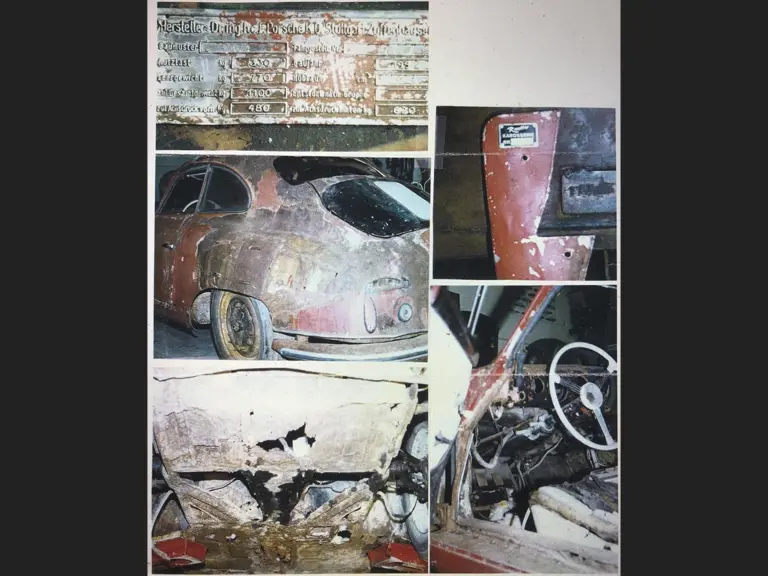

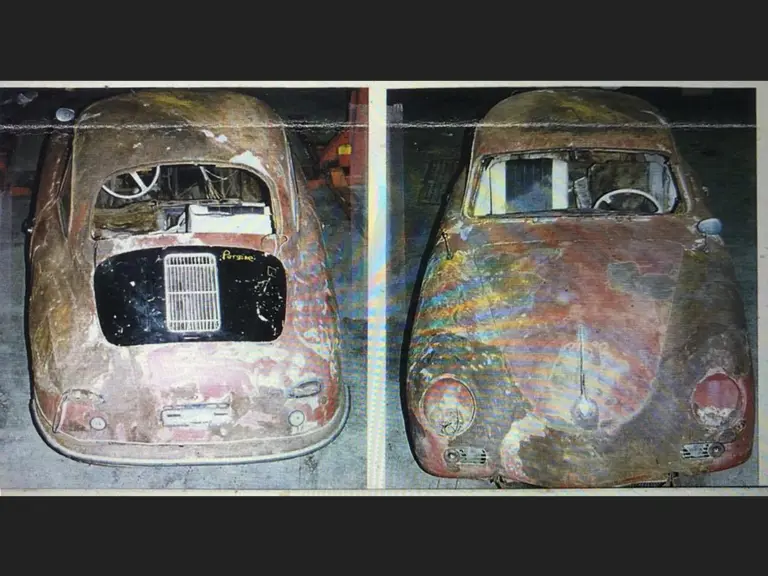
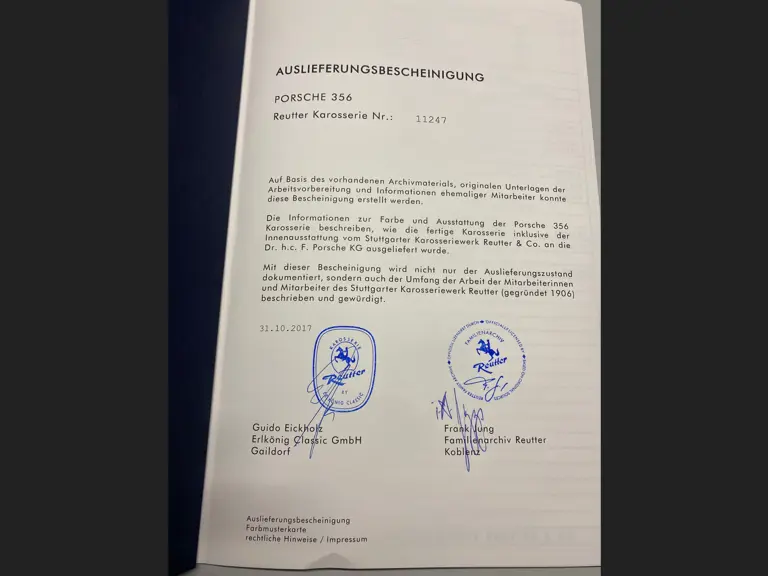
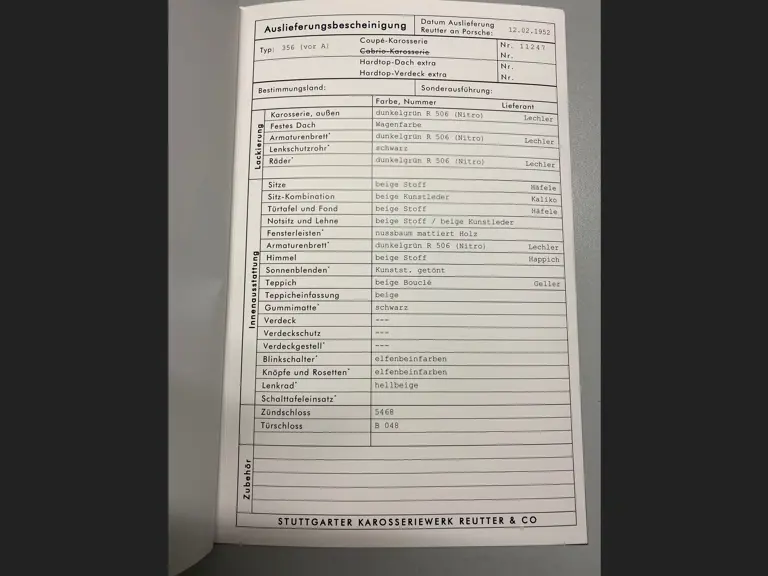
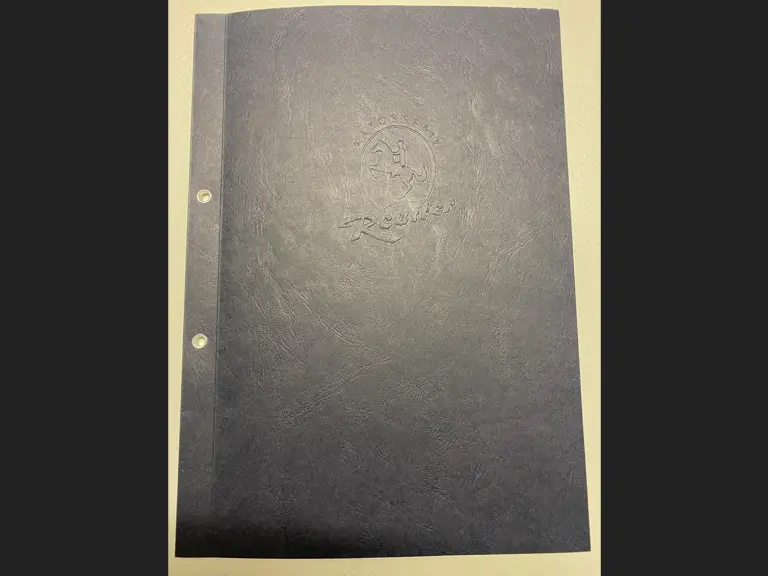
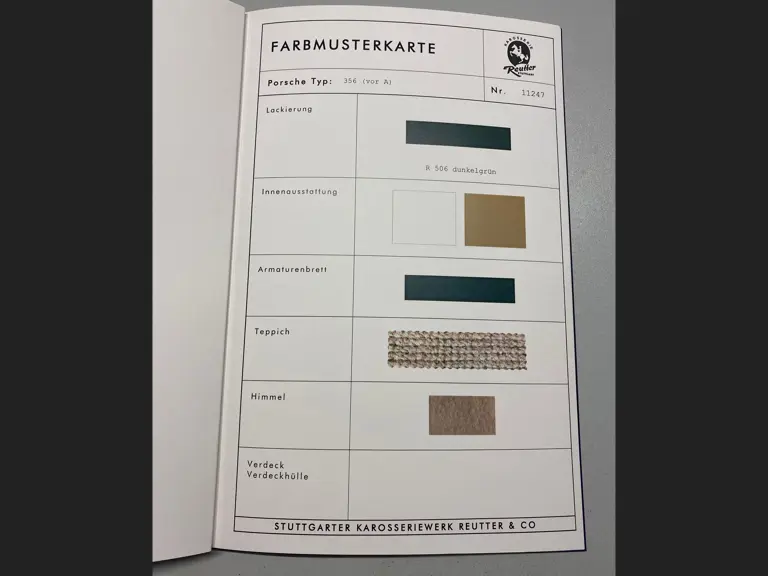

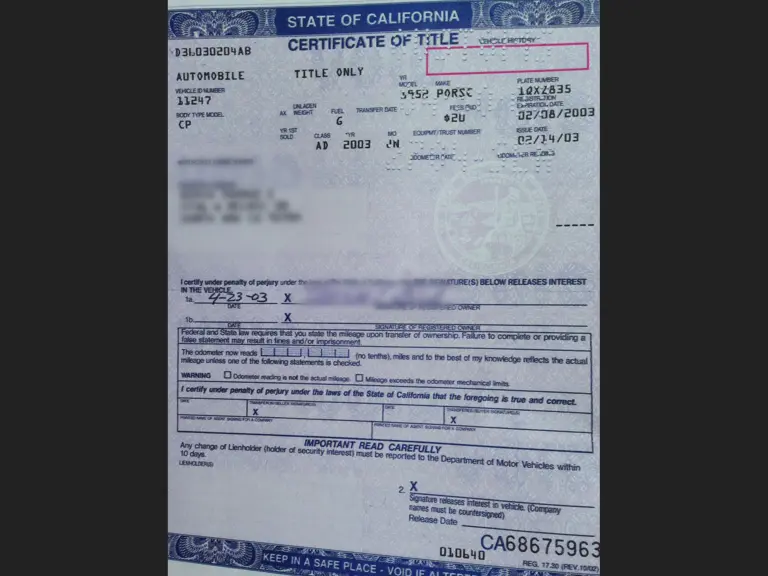
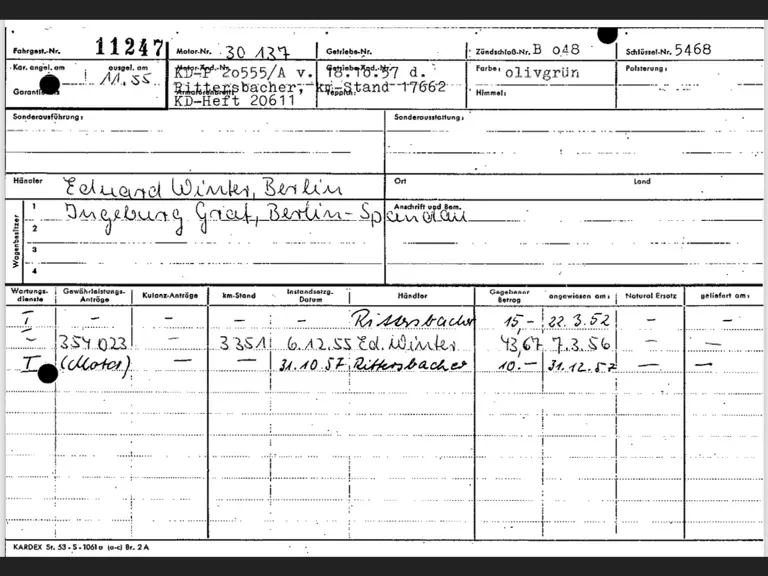
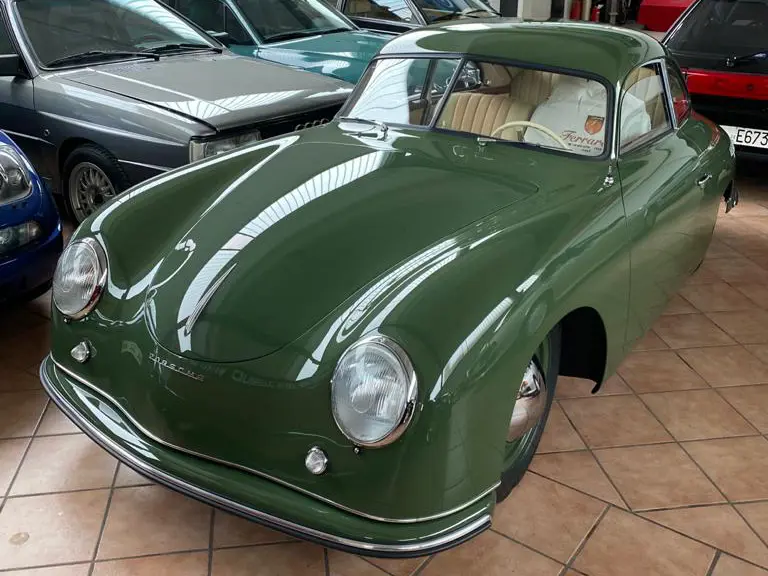

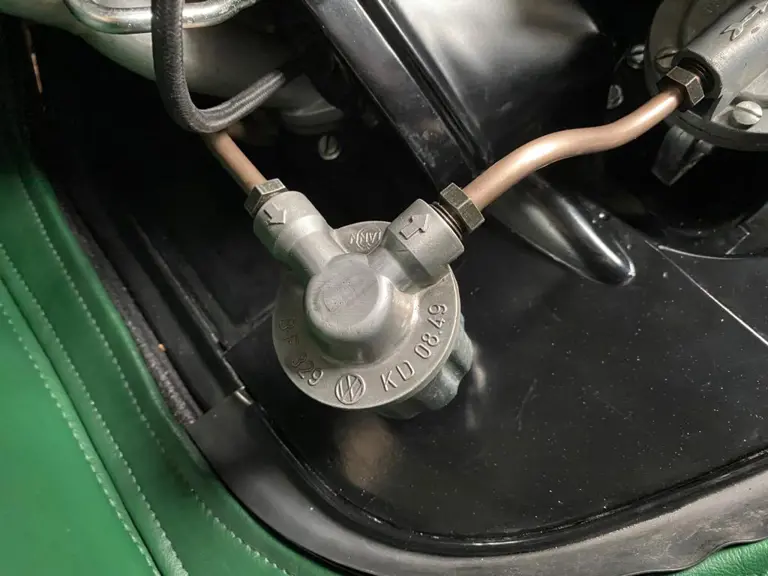
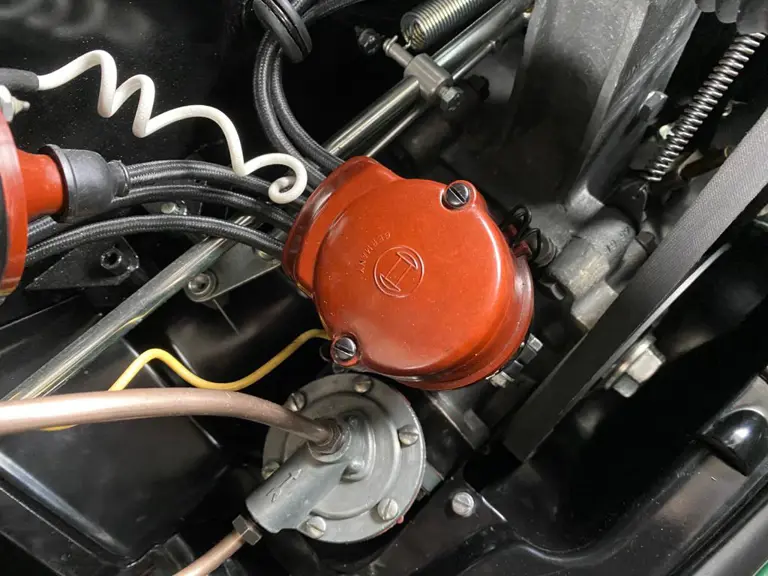
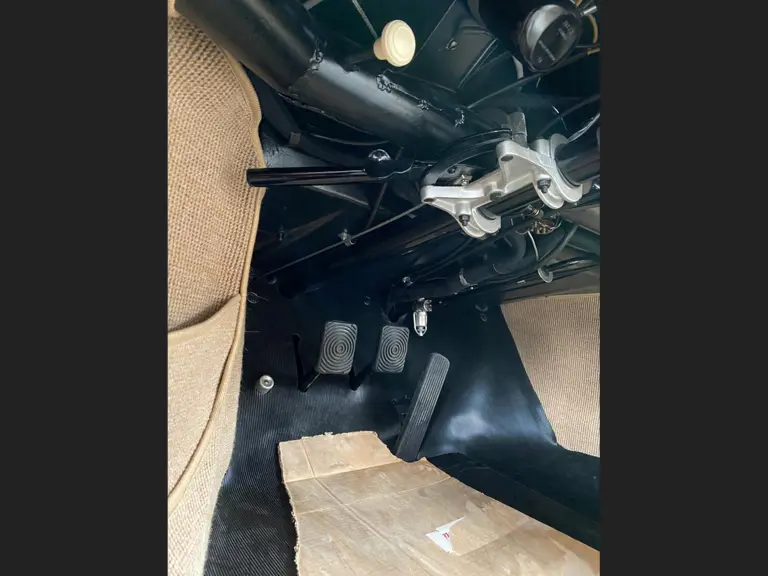
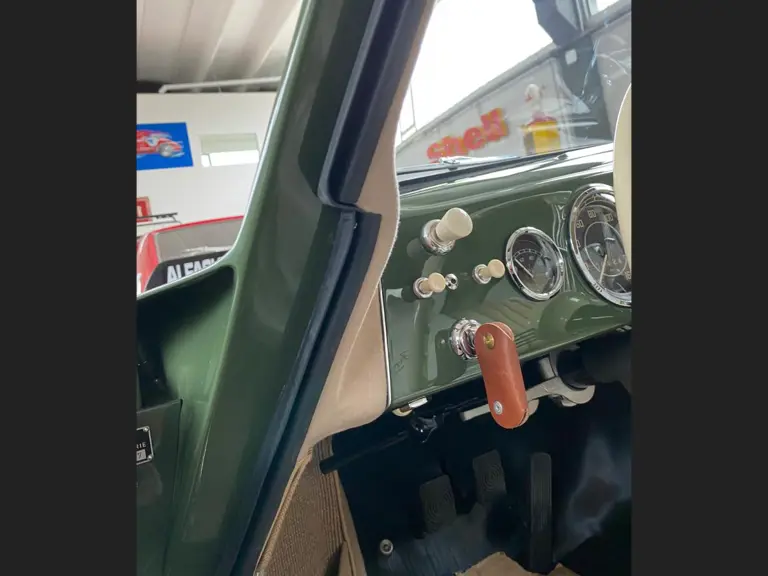
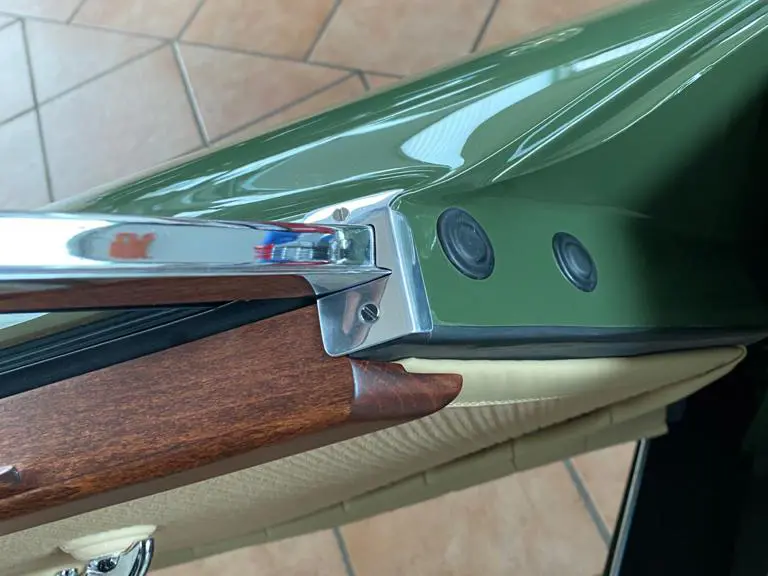
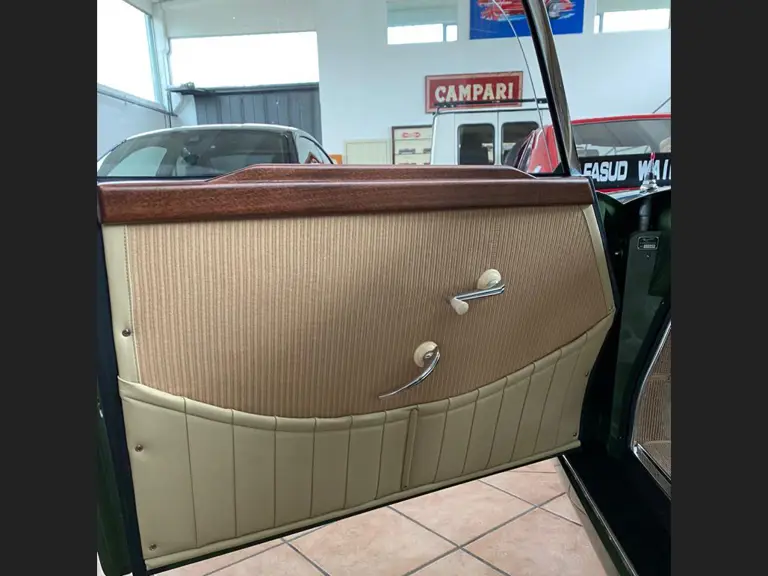
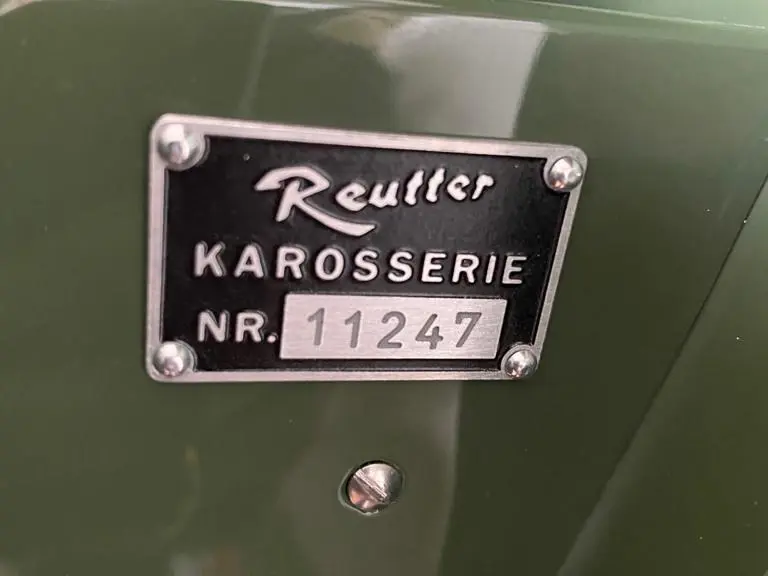
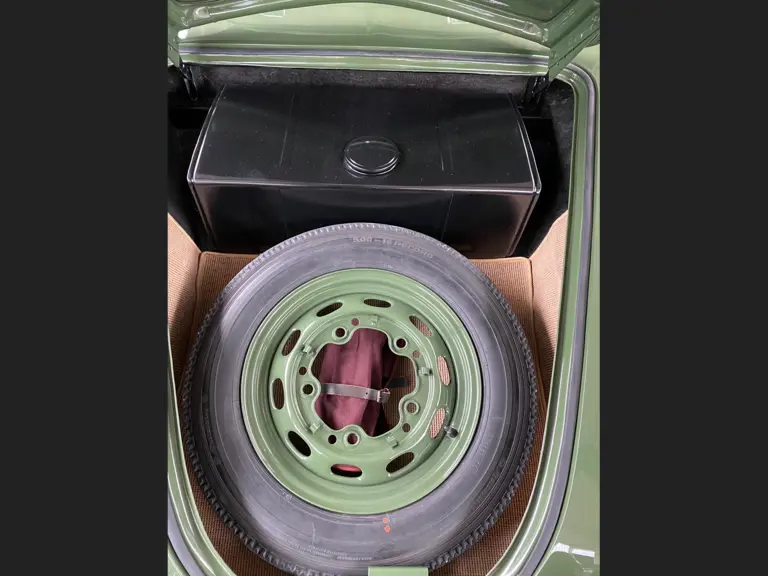
 | Brusaporto, Italy
| Brusaporto, Italy
